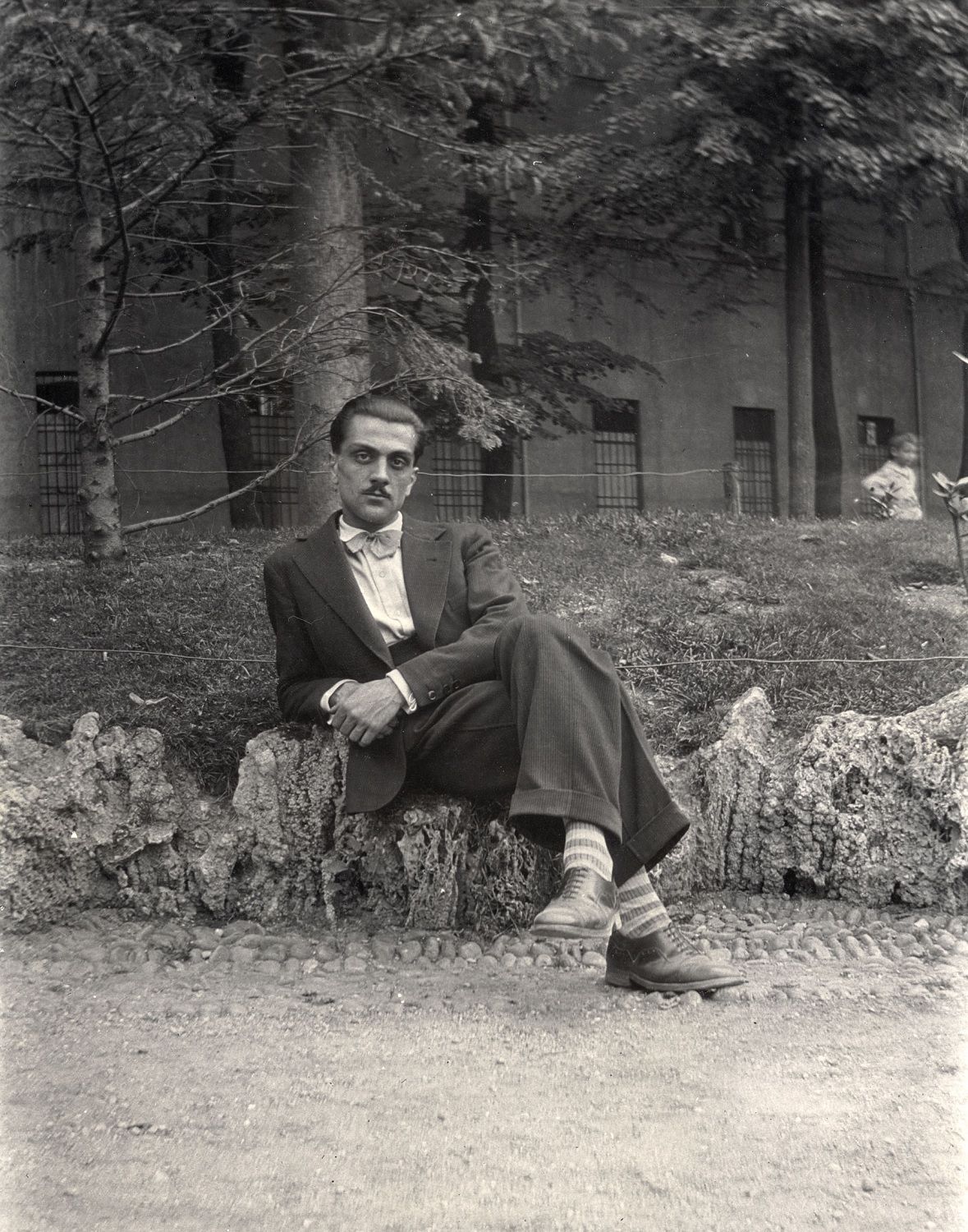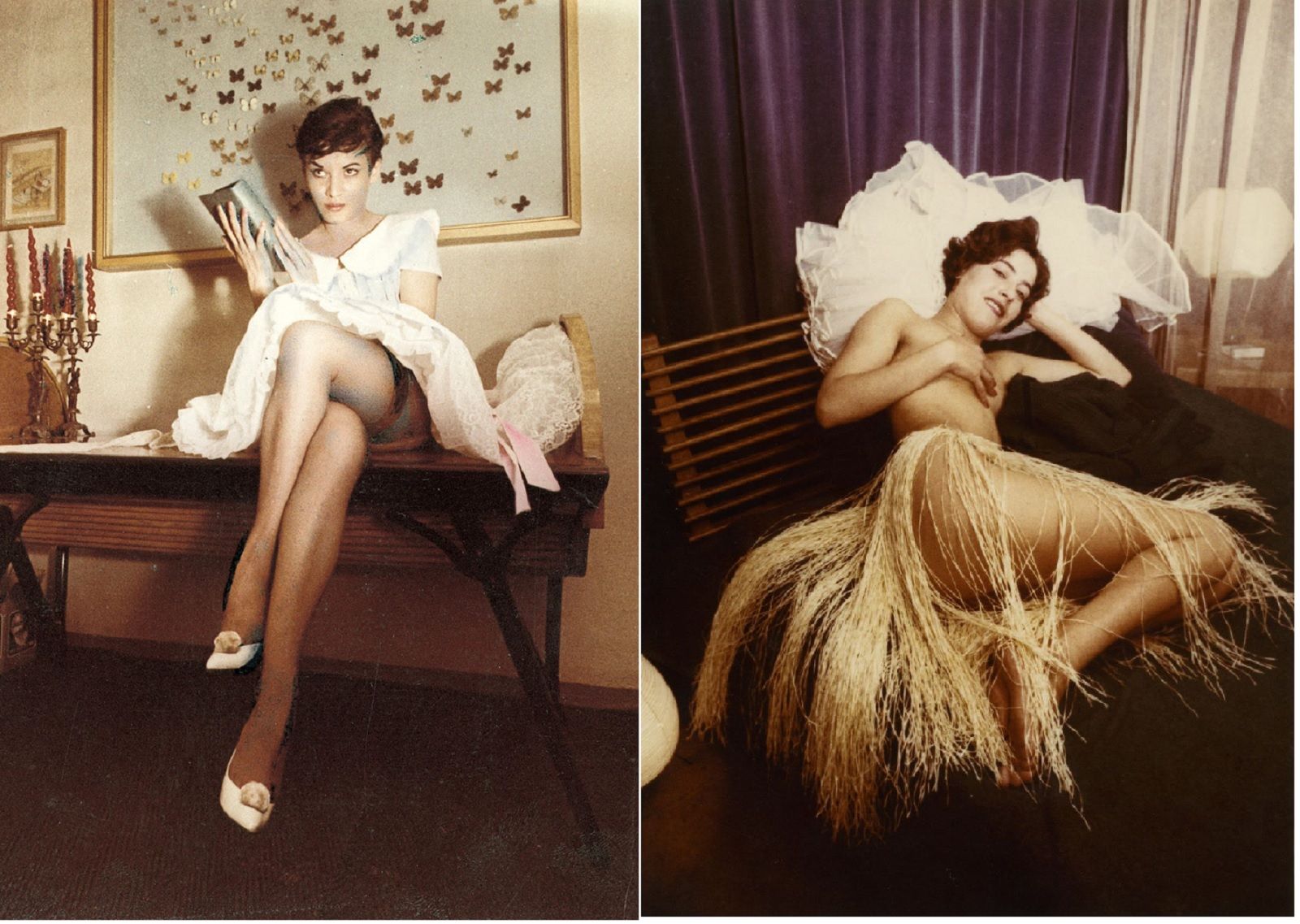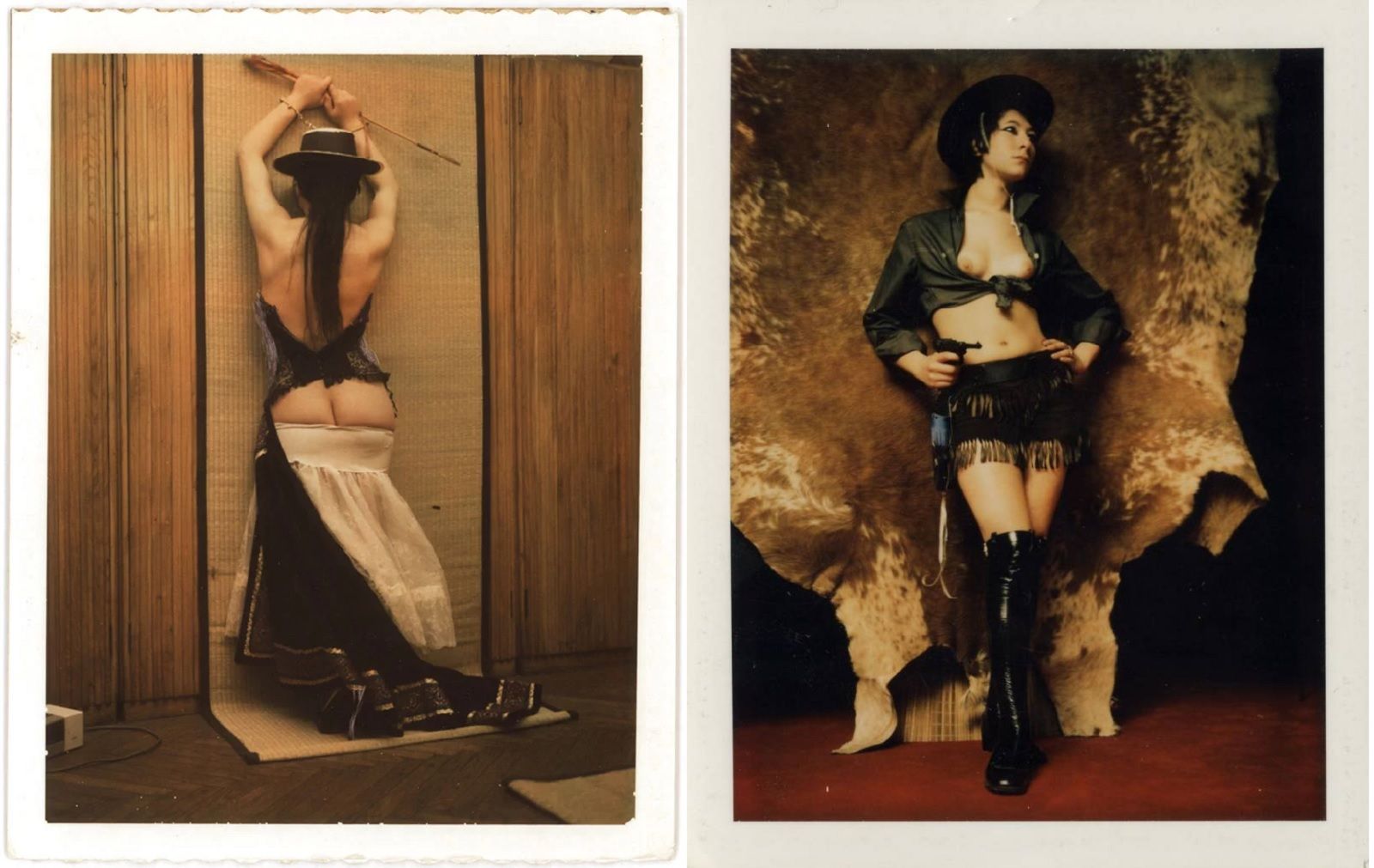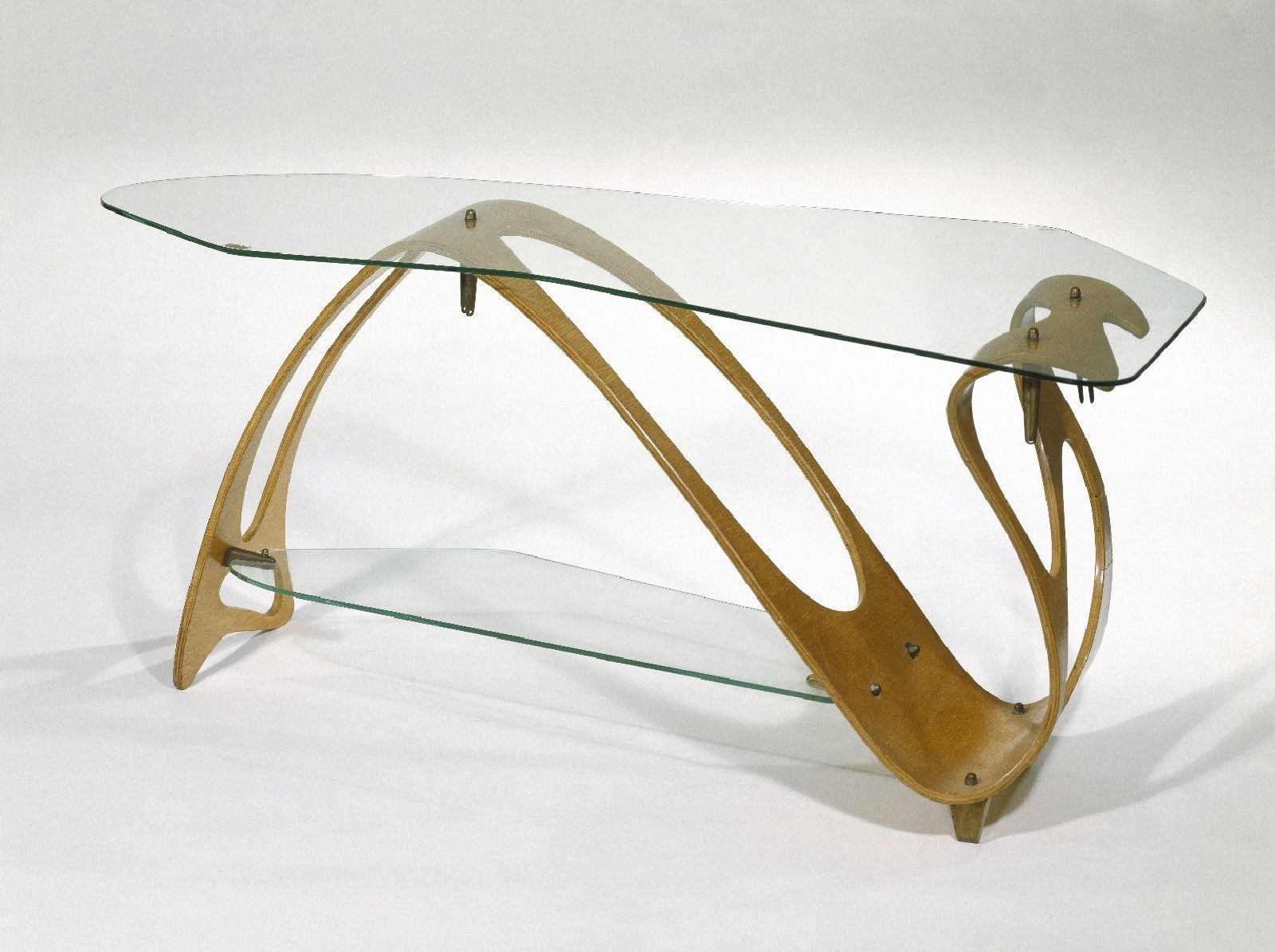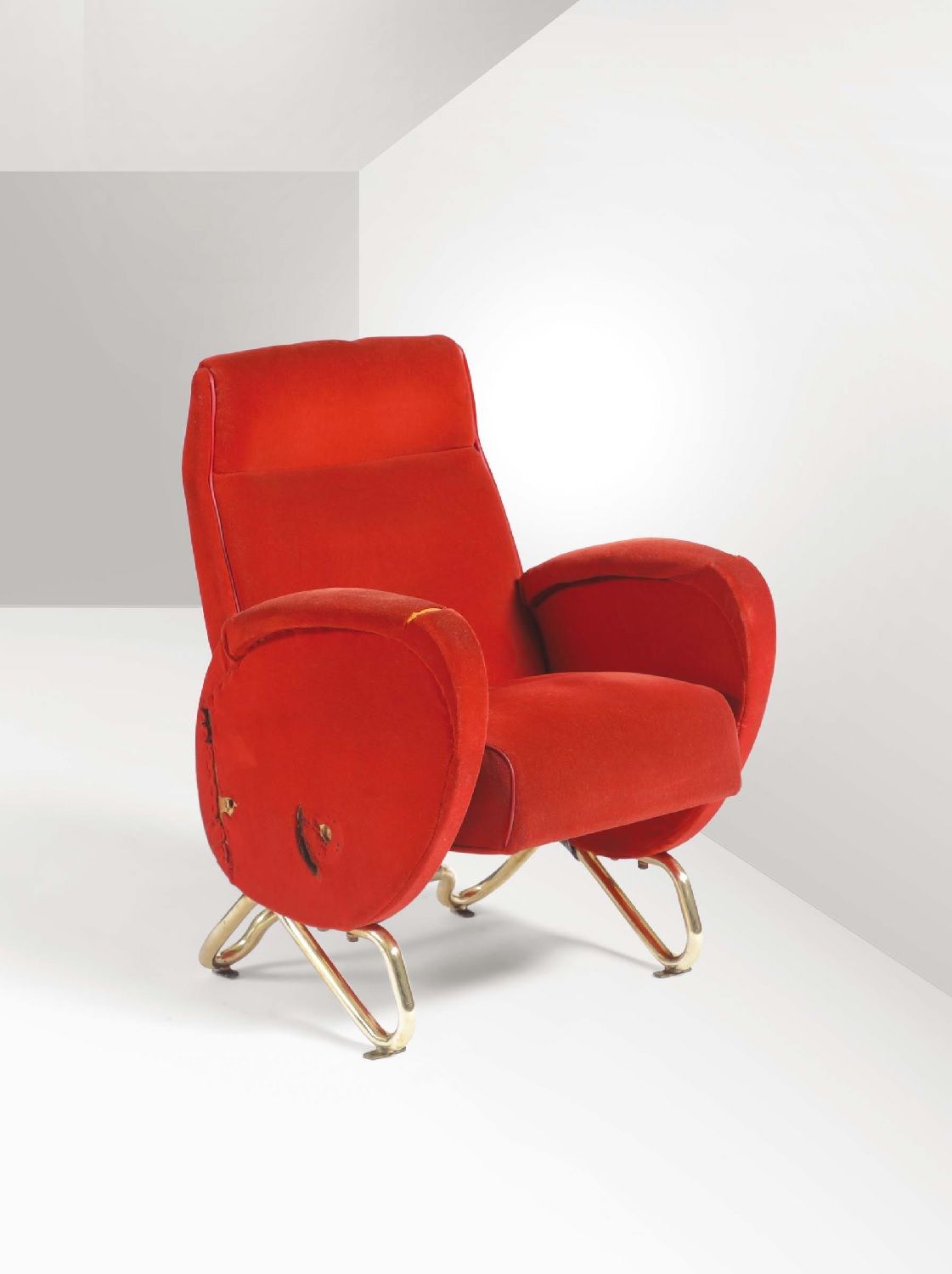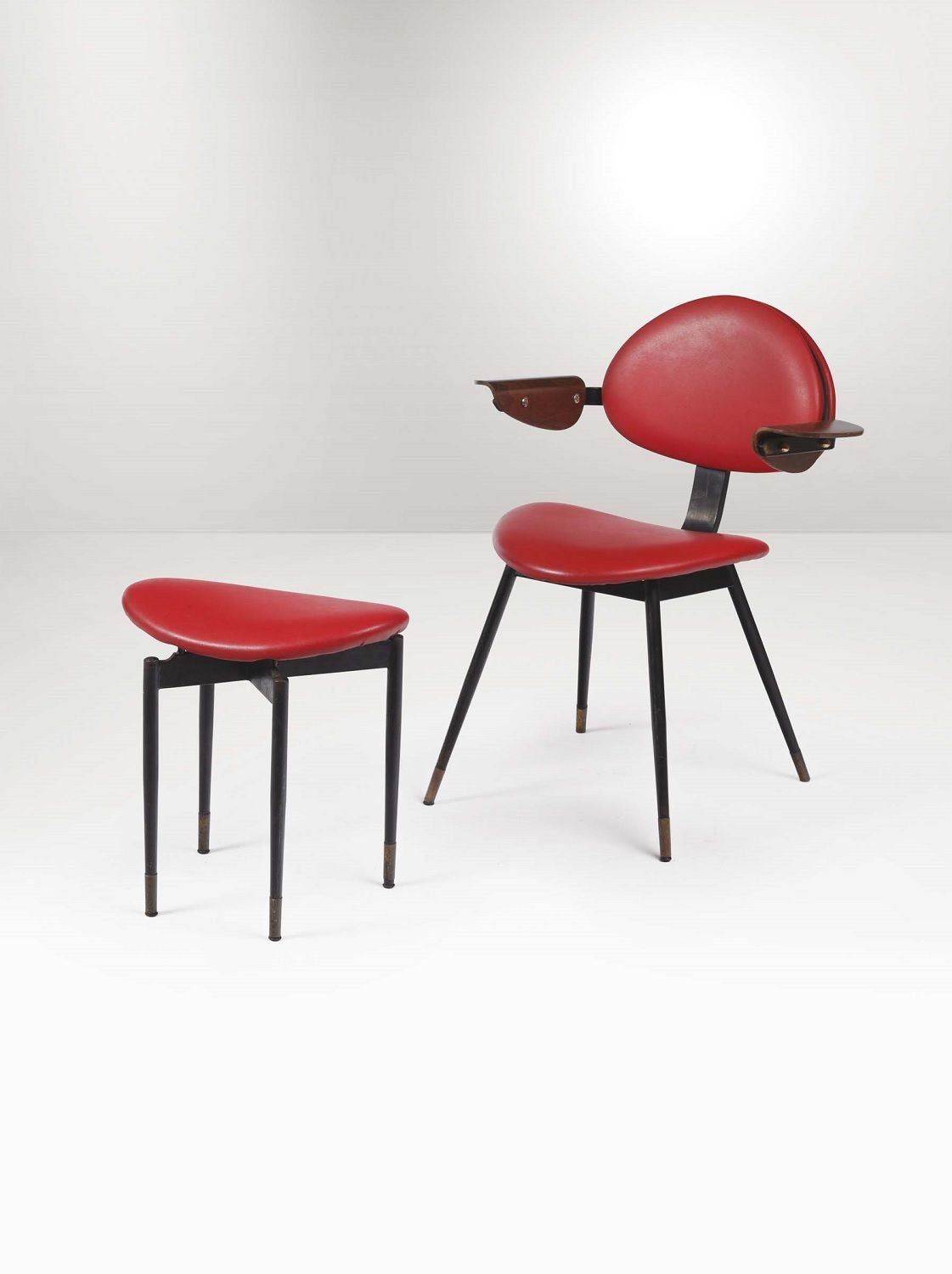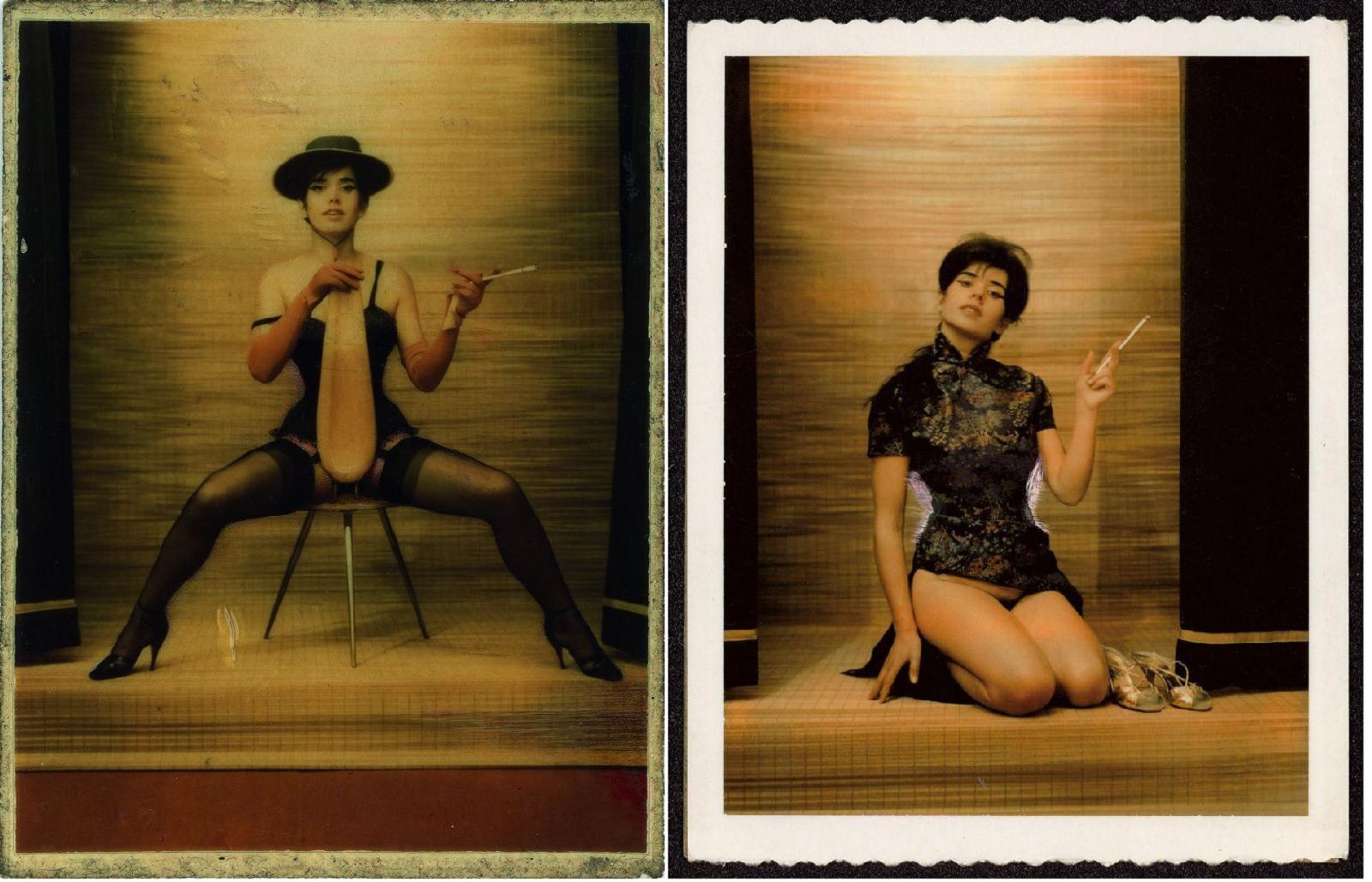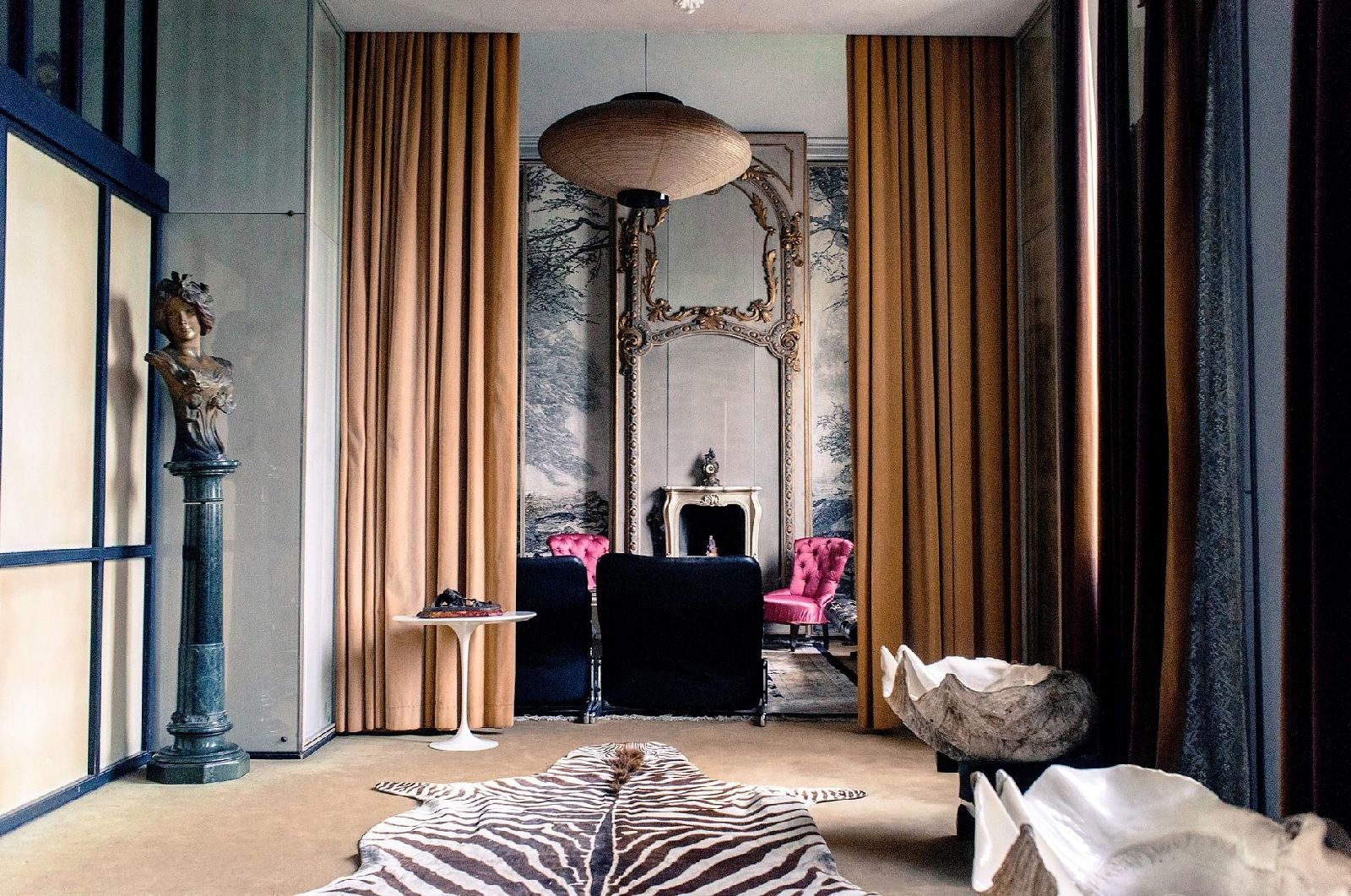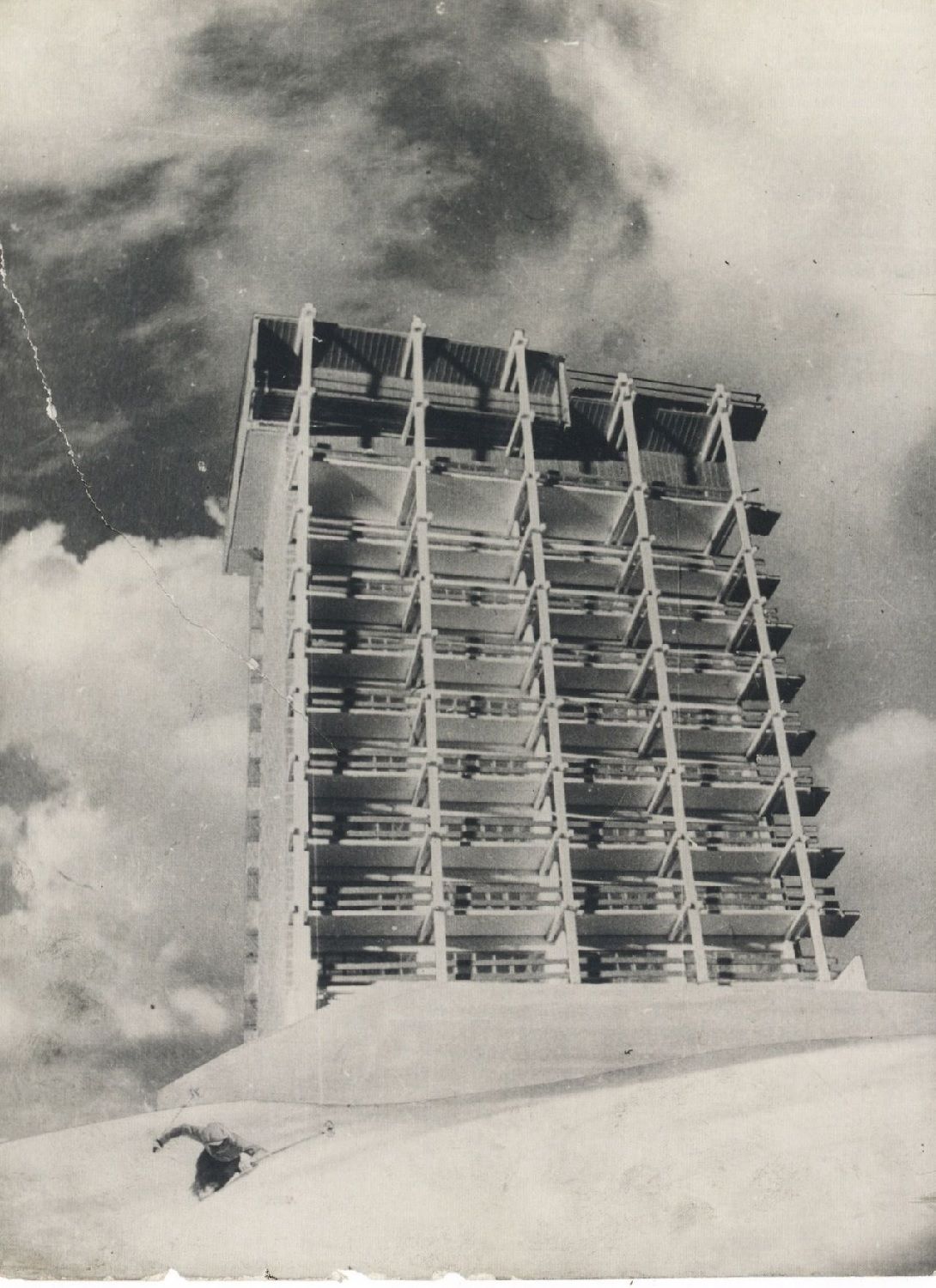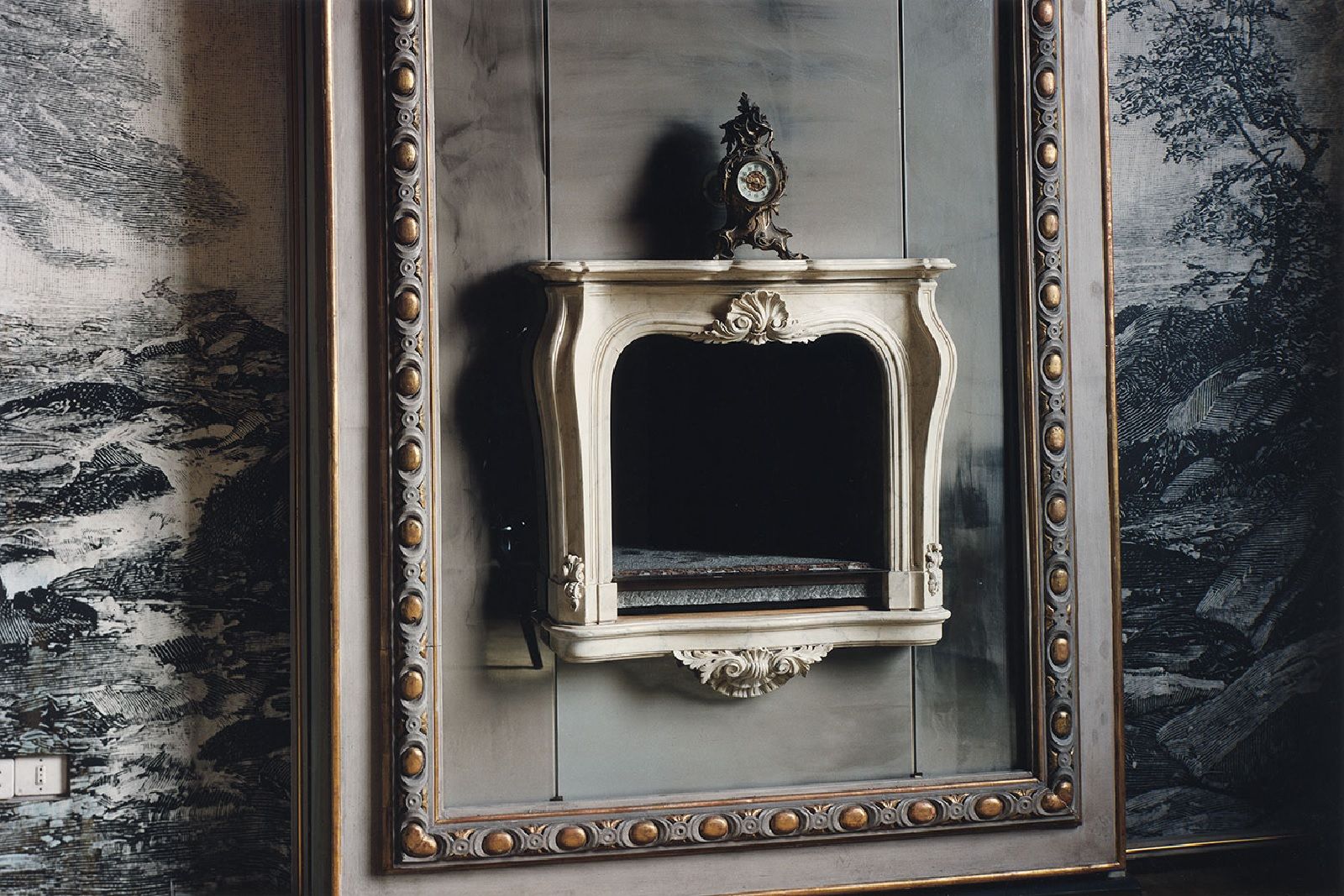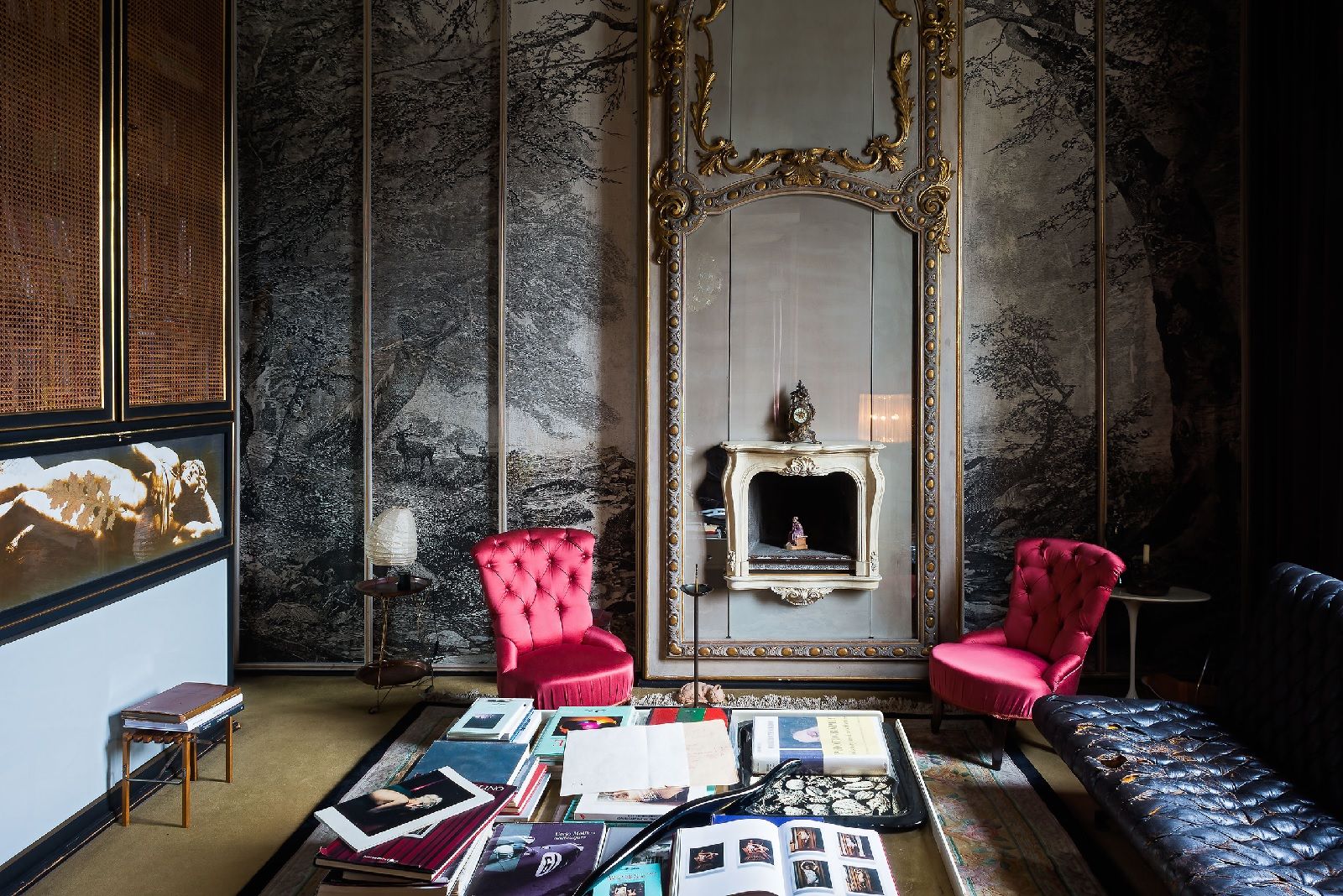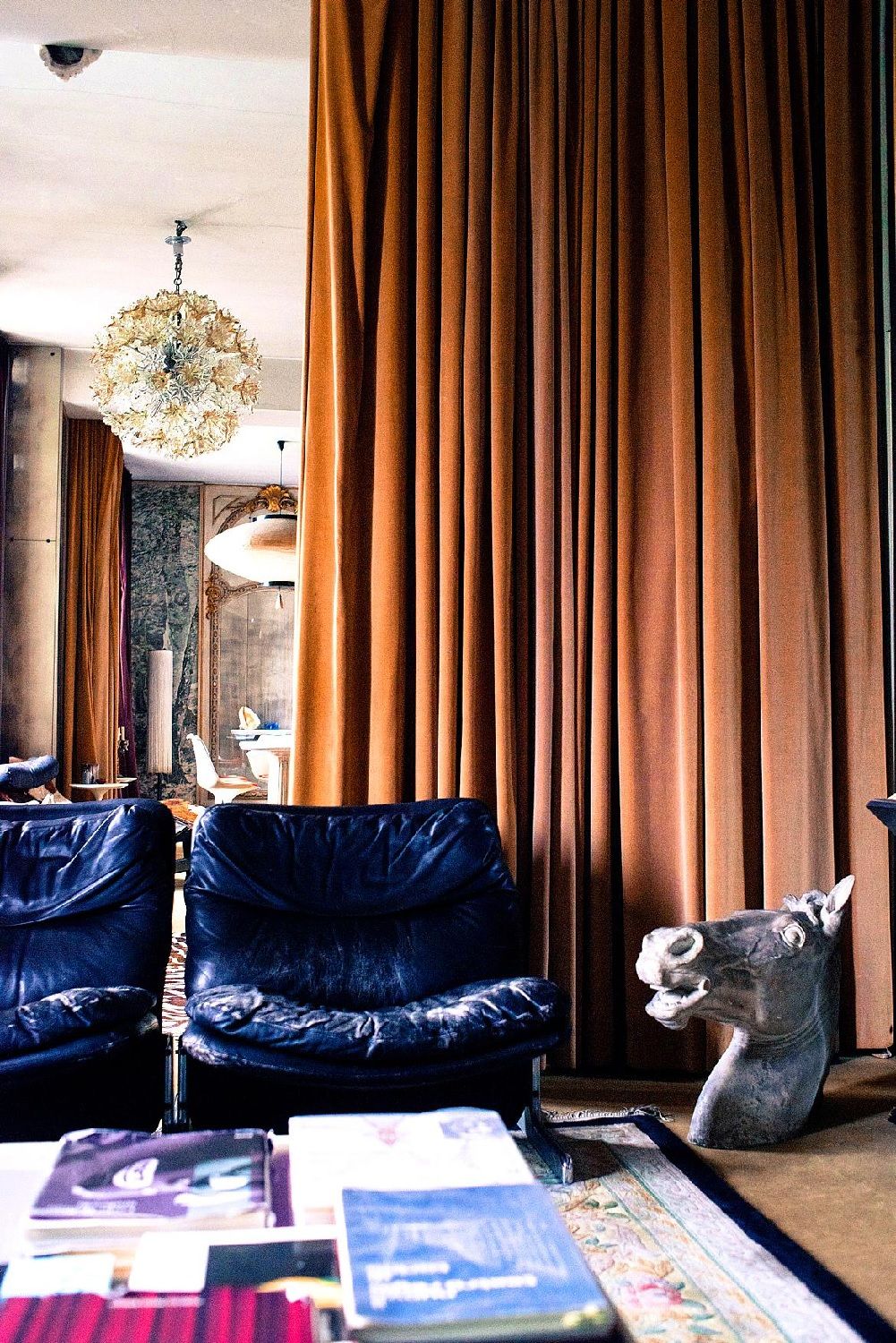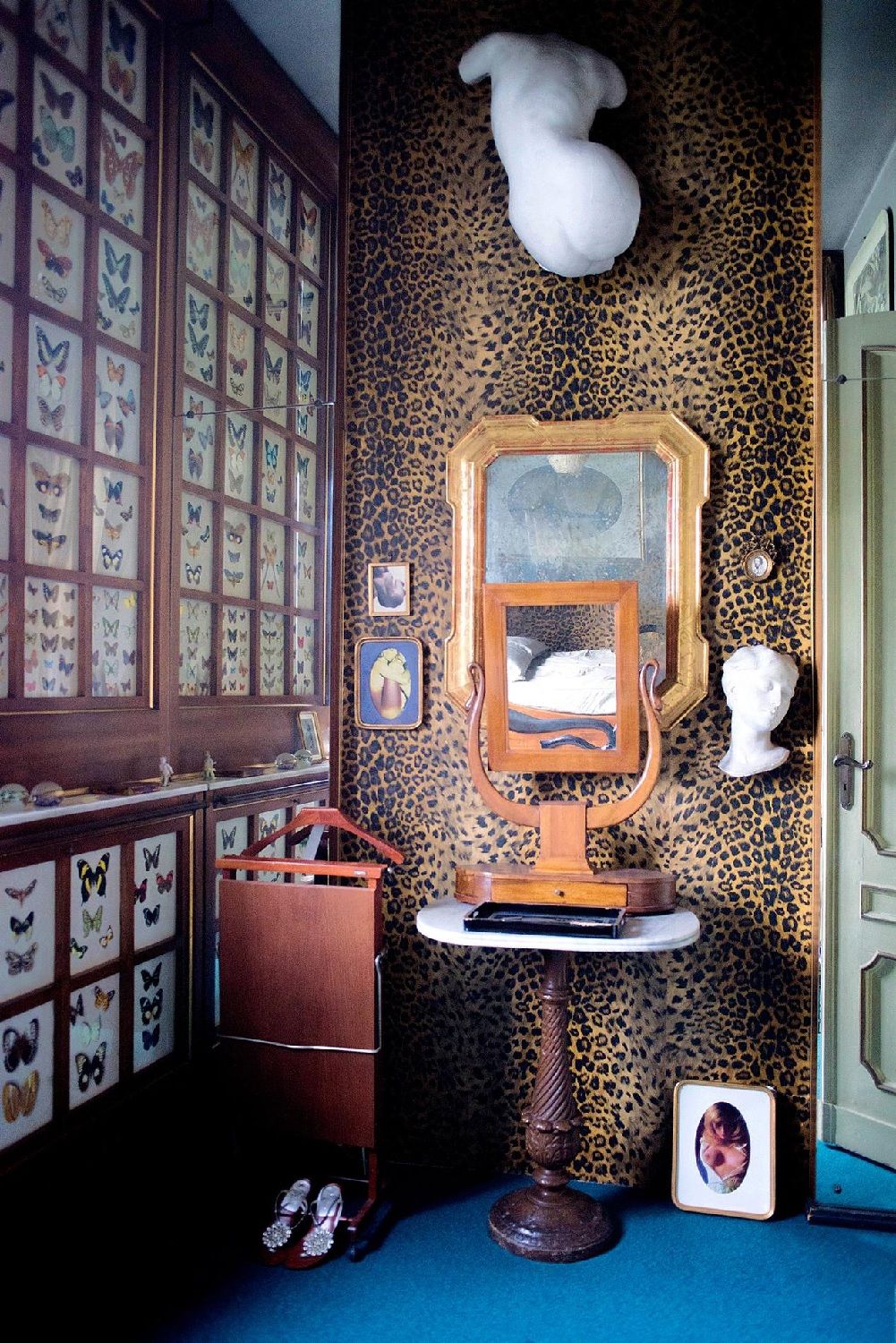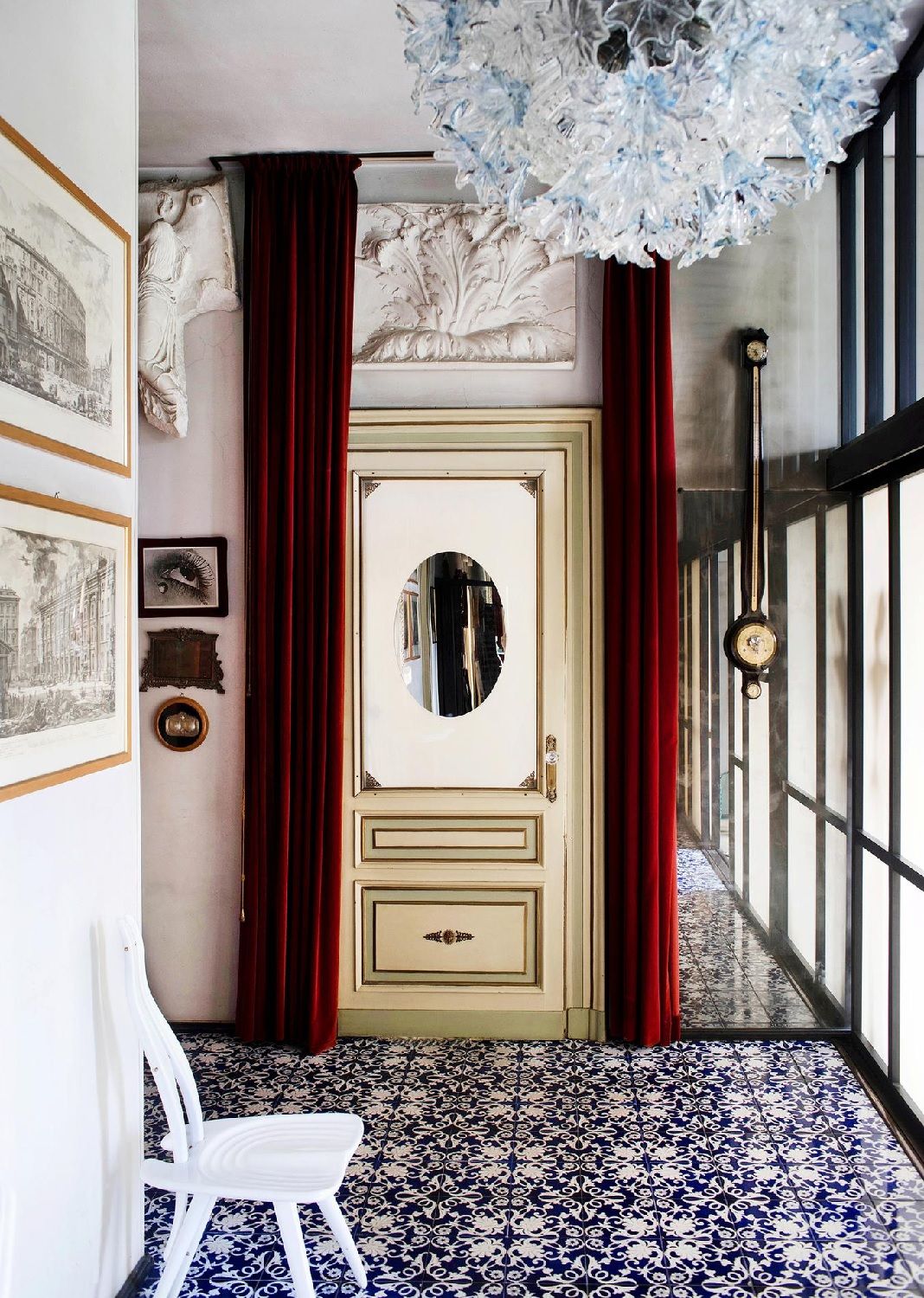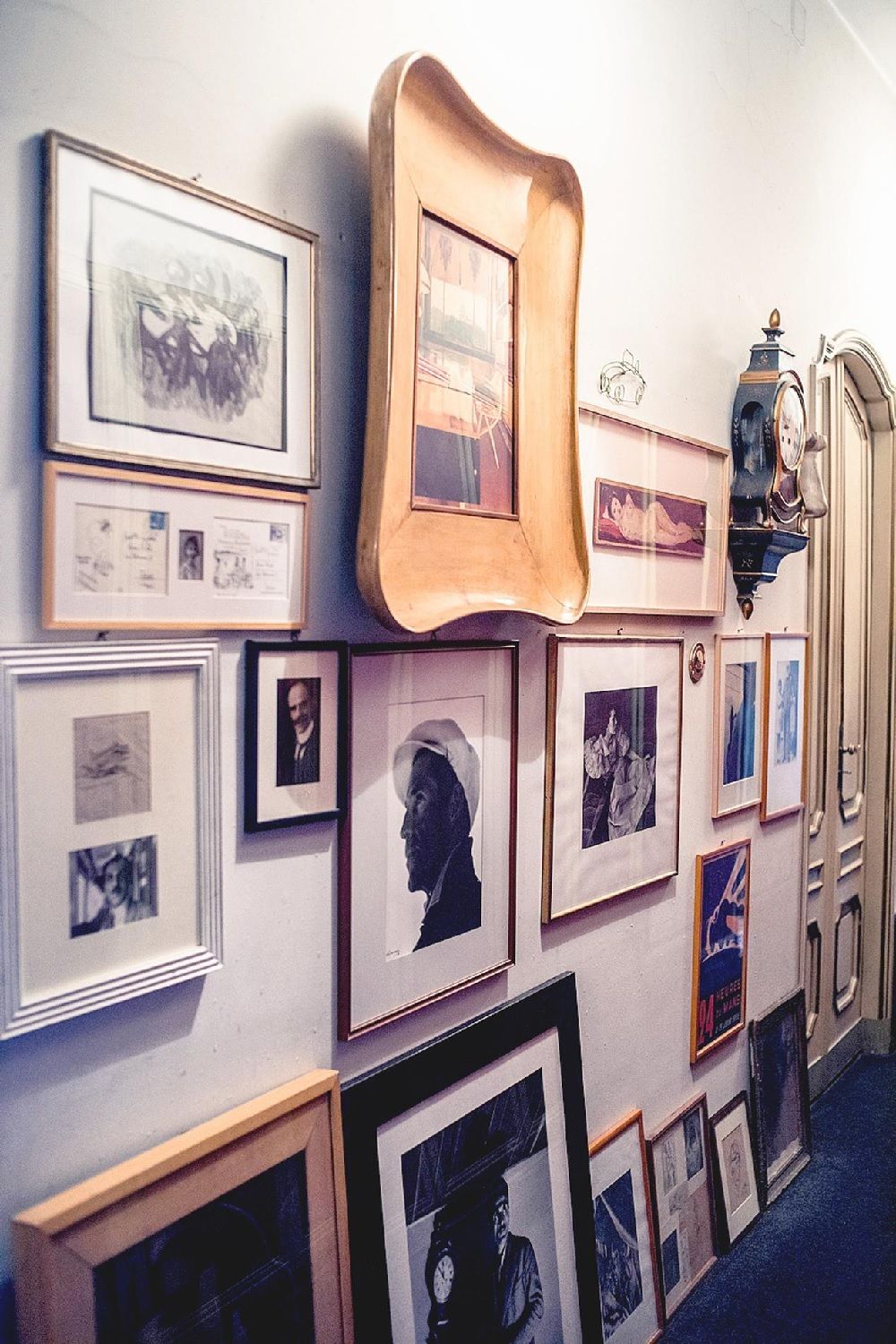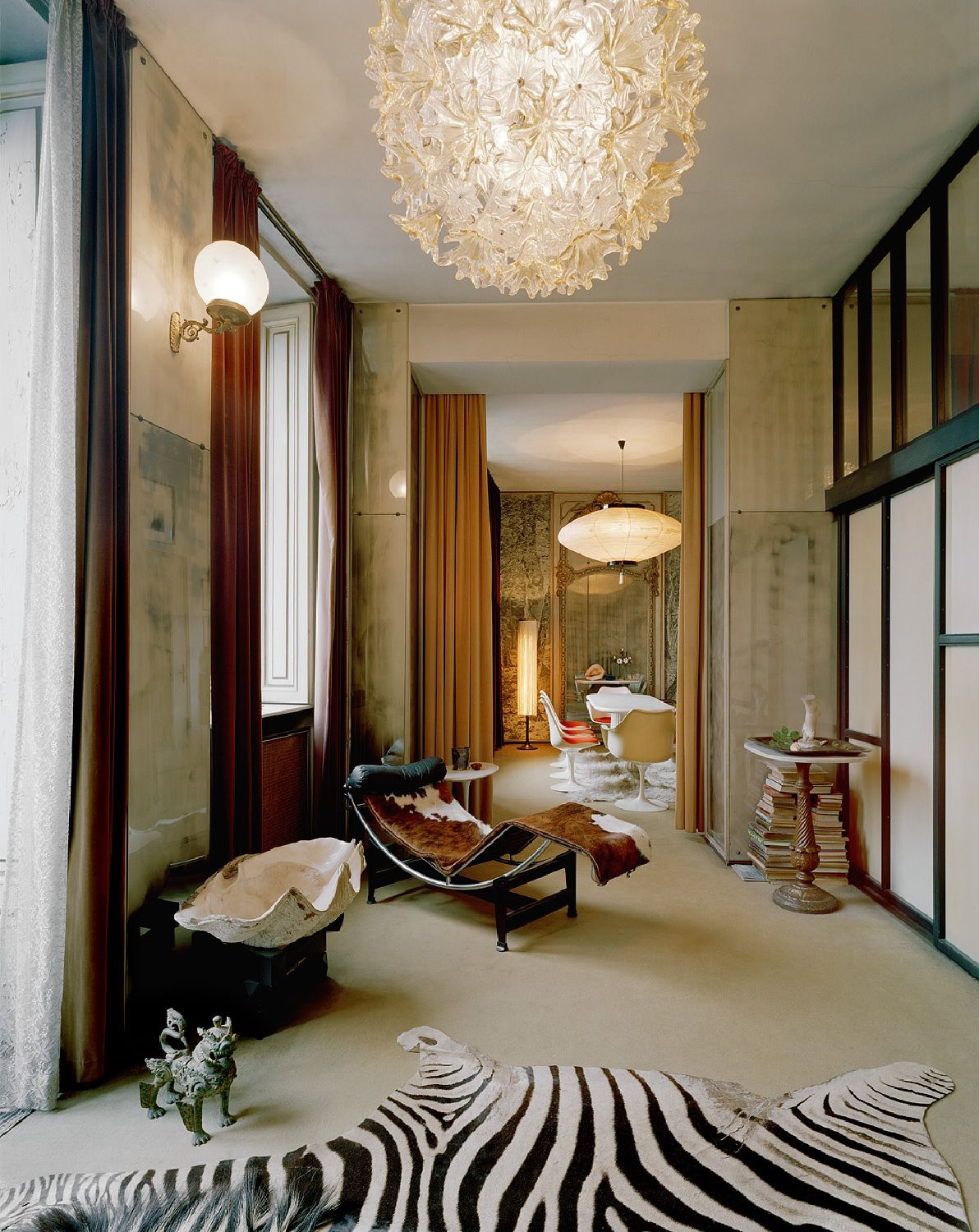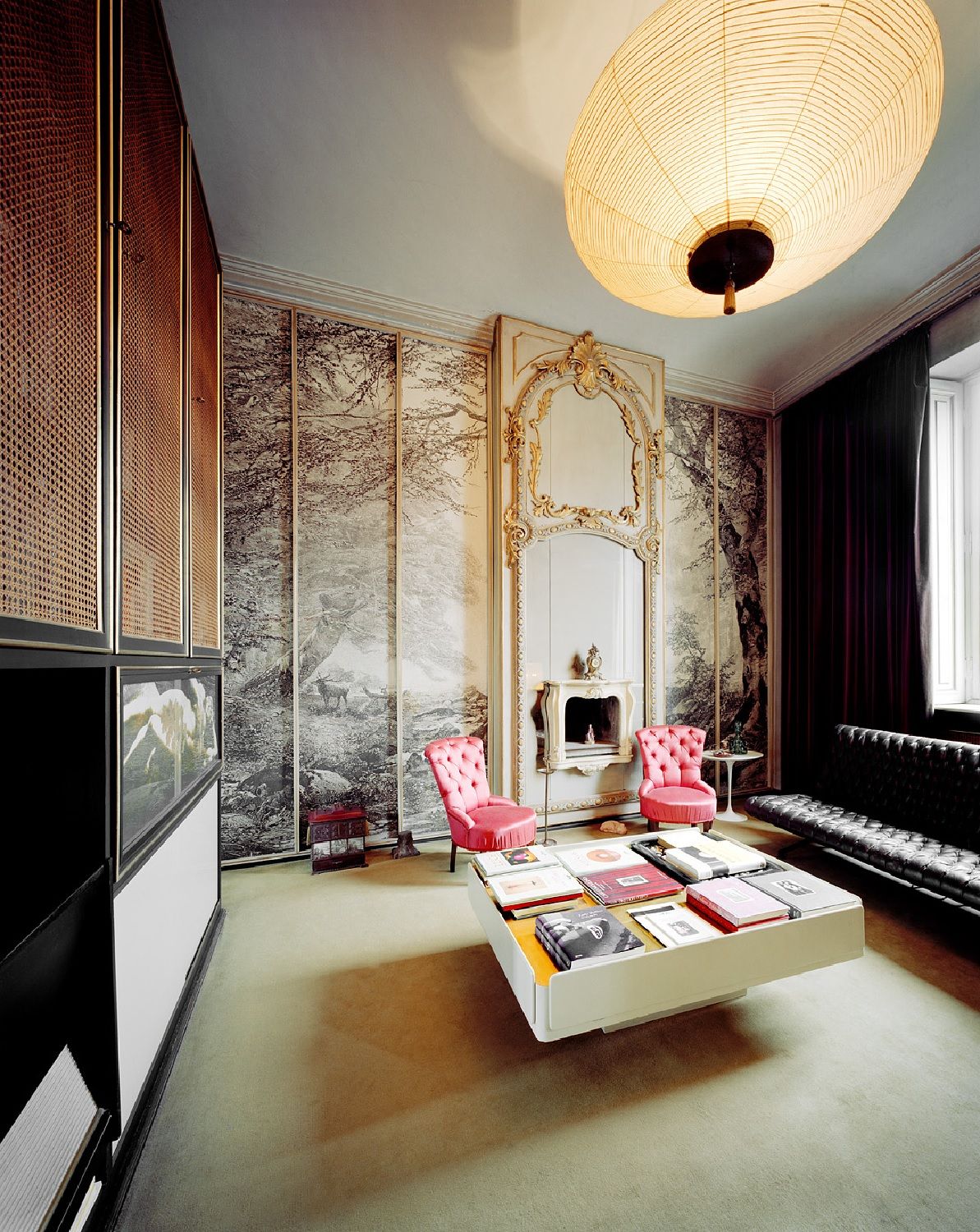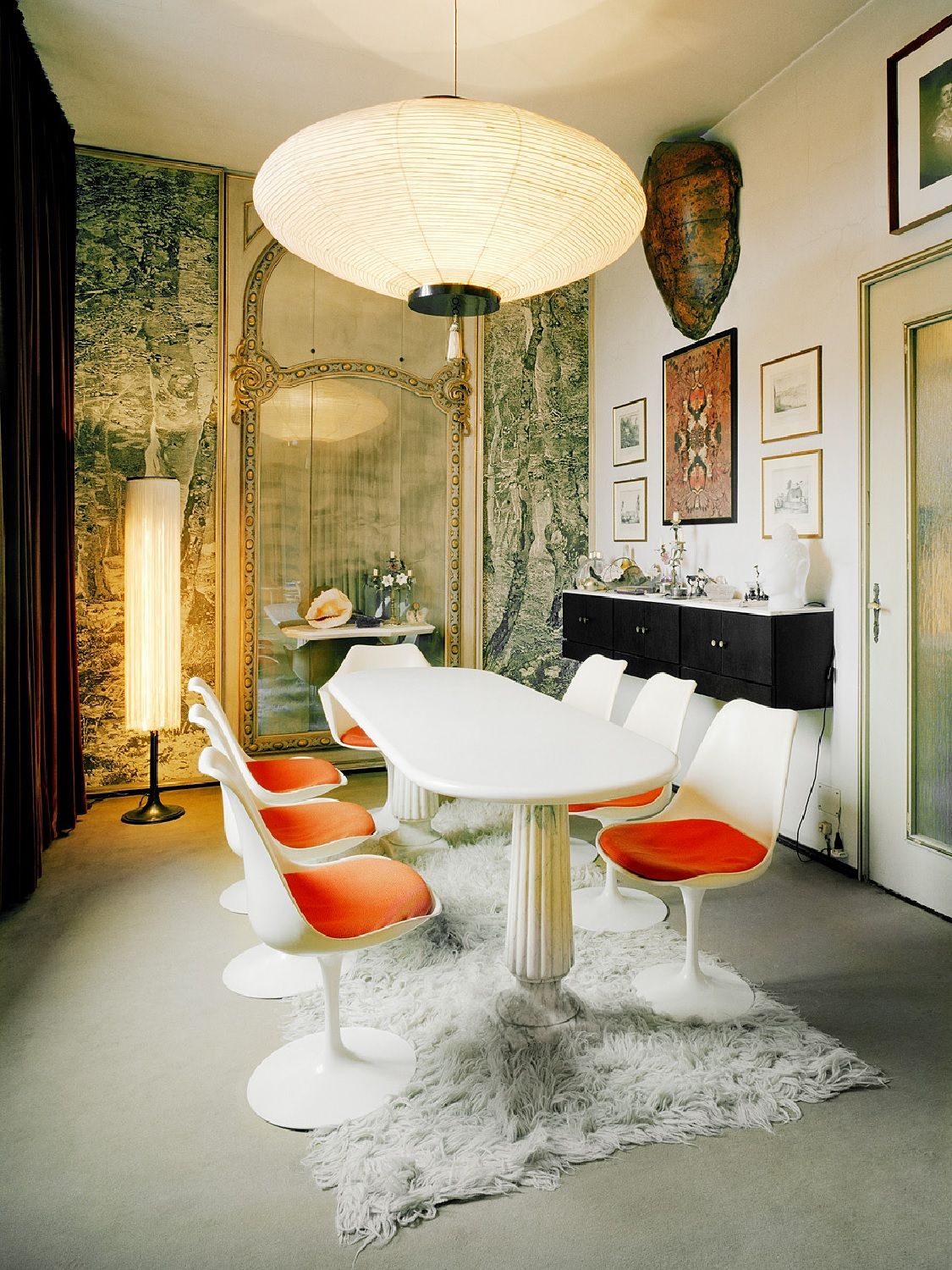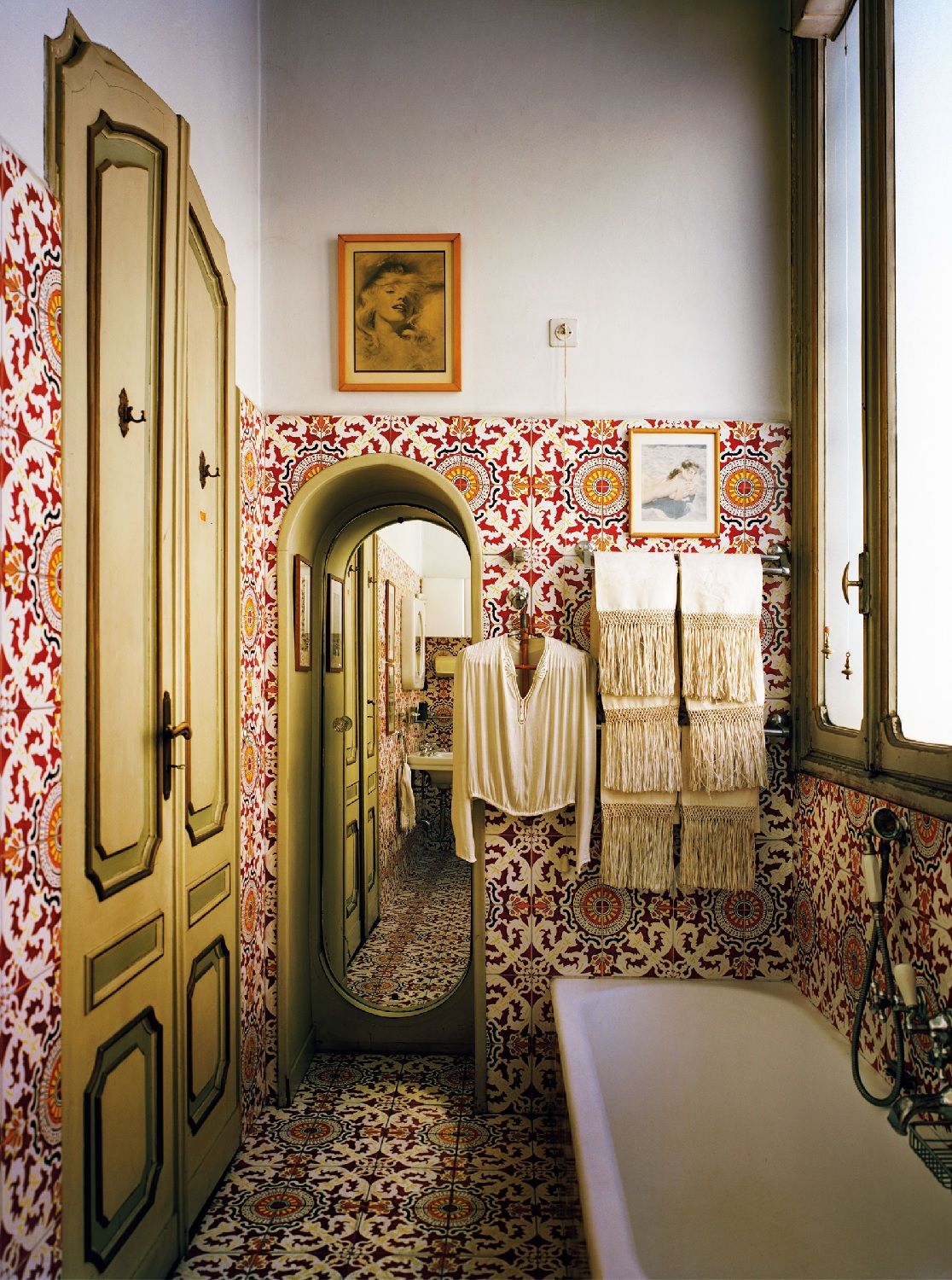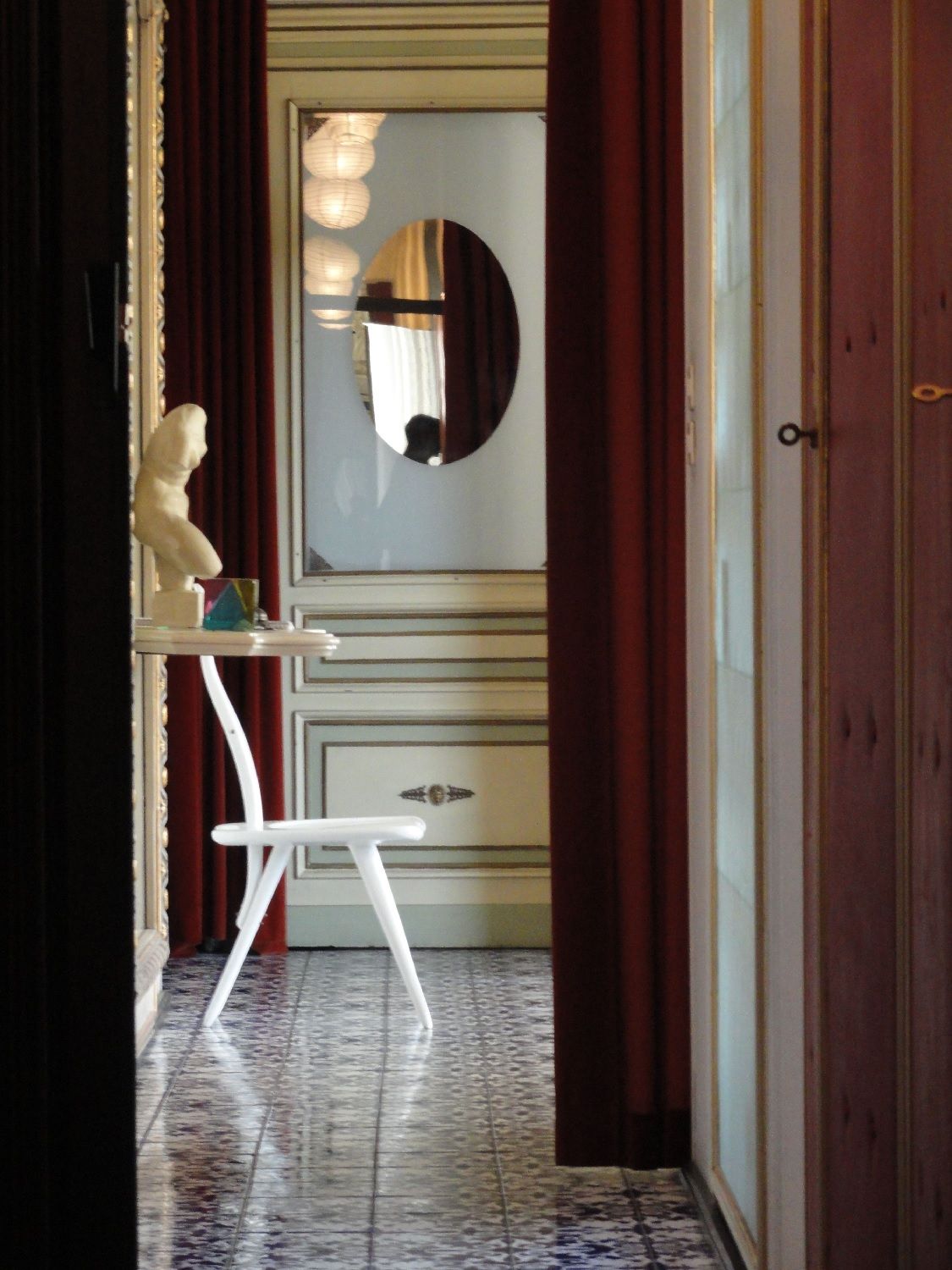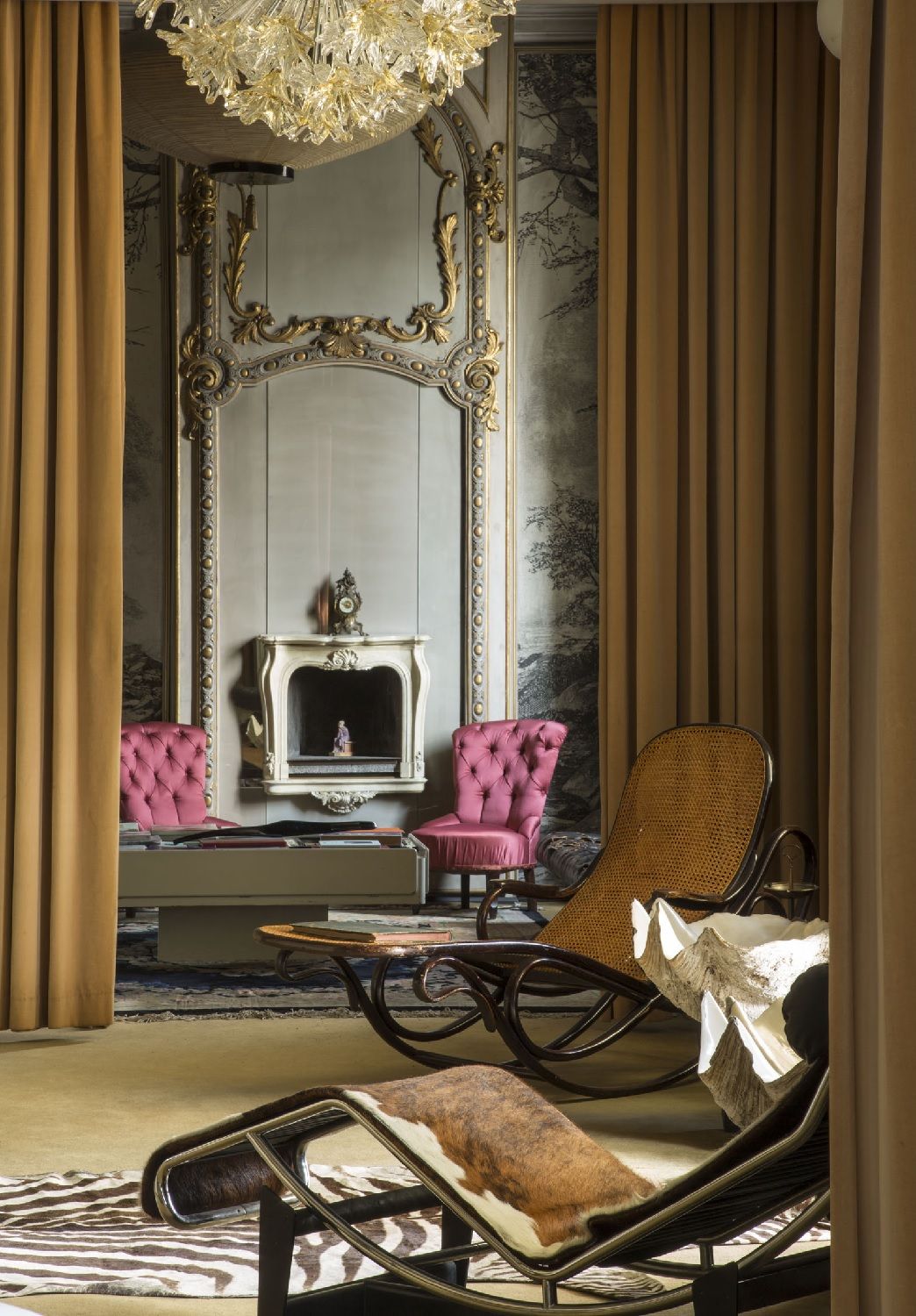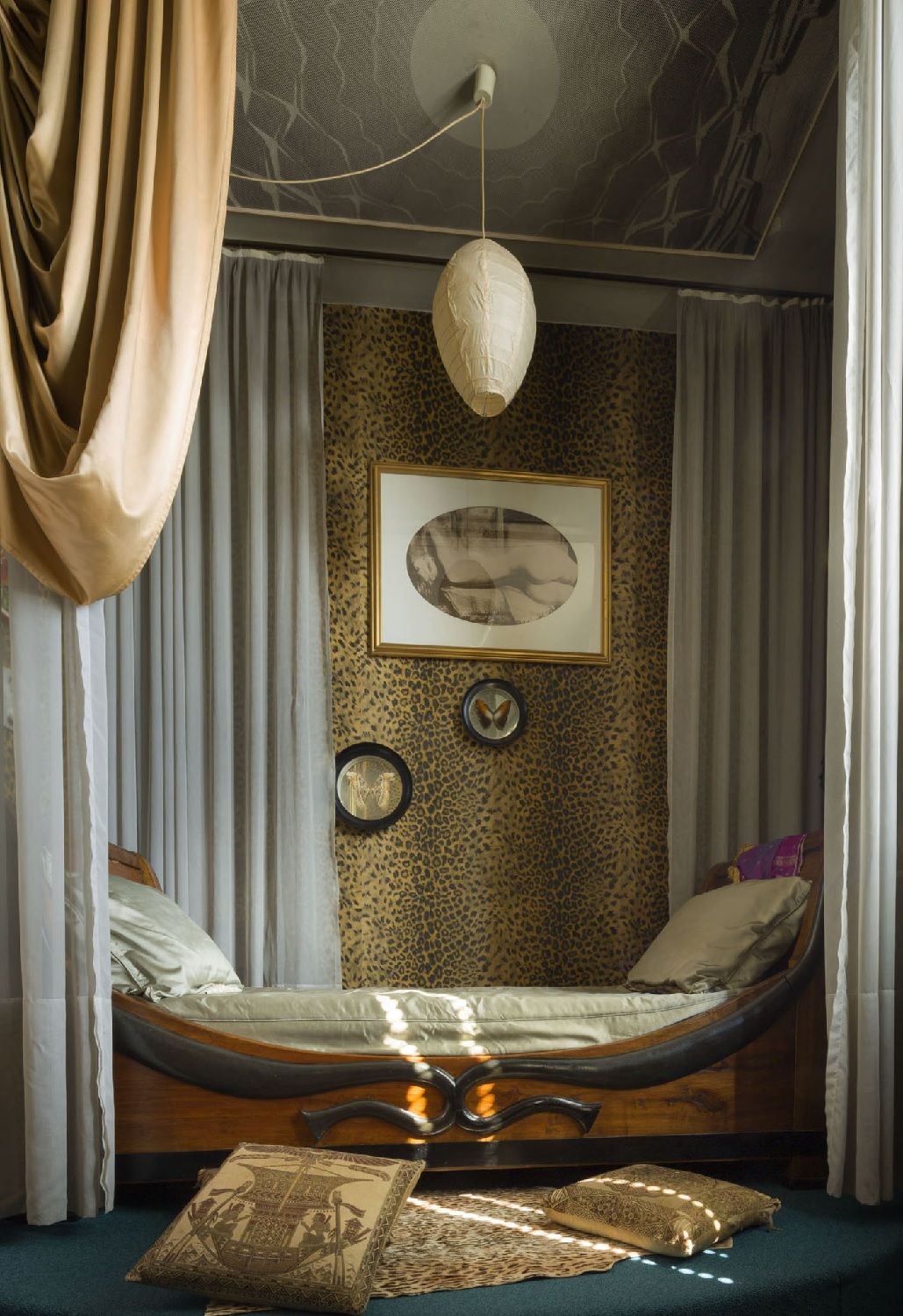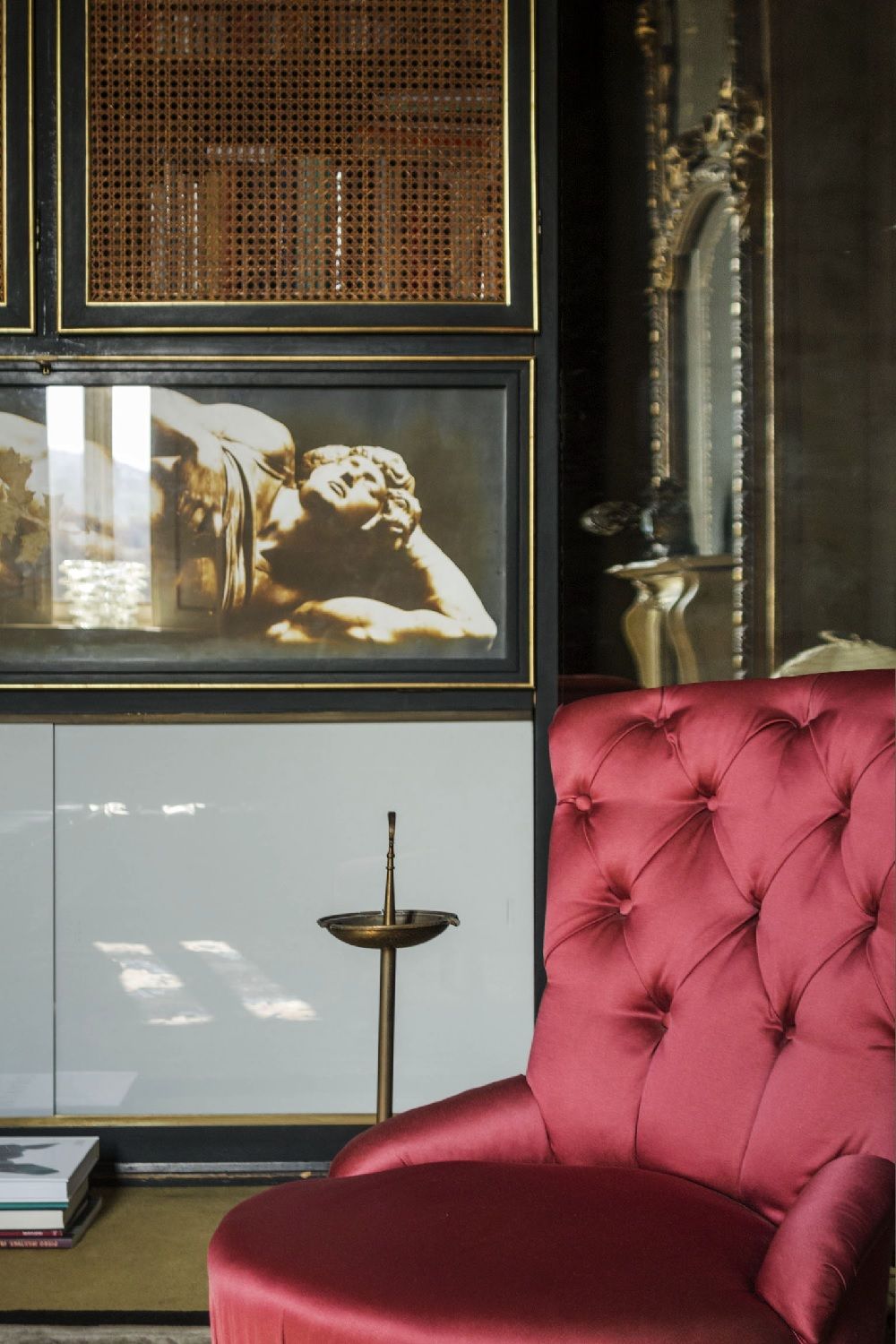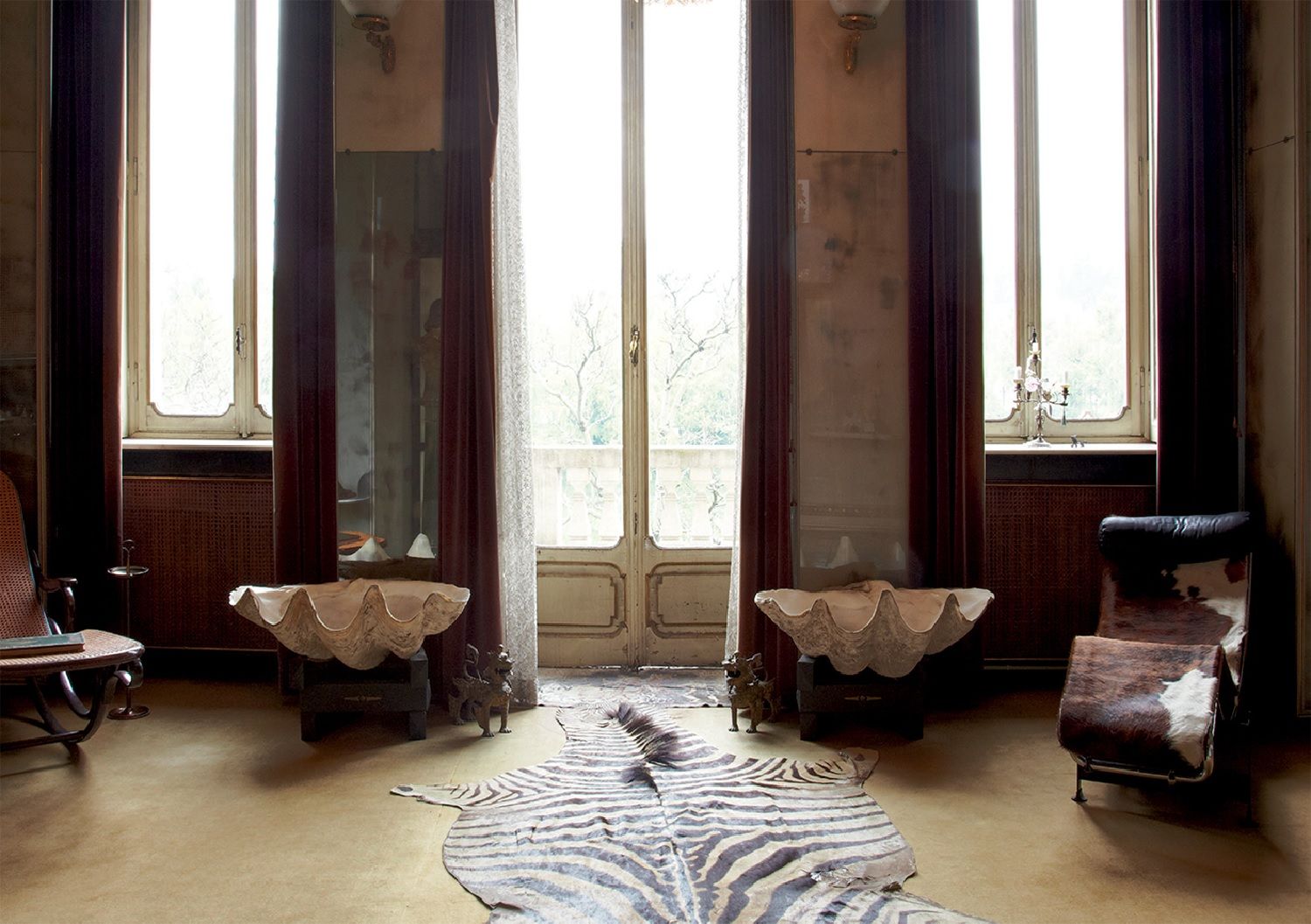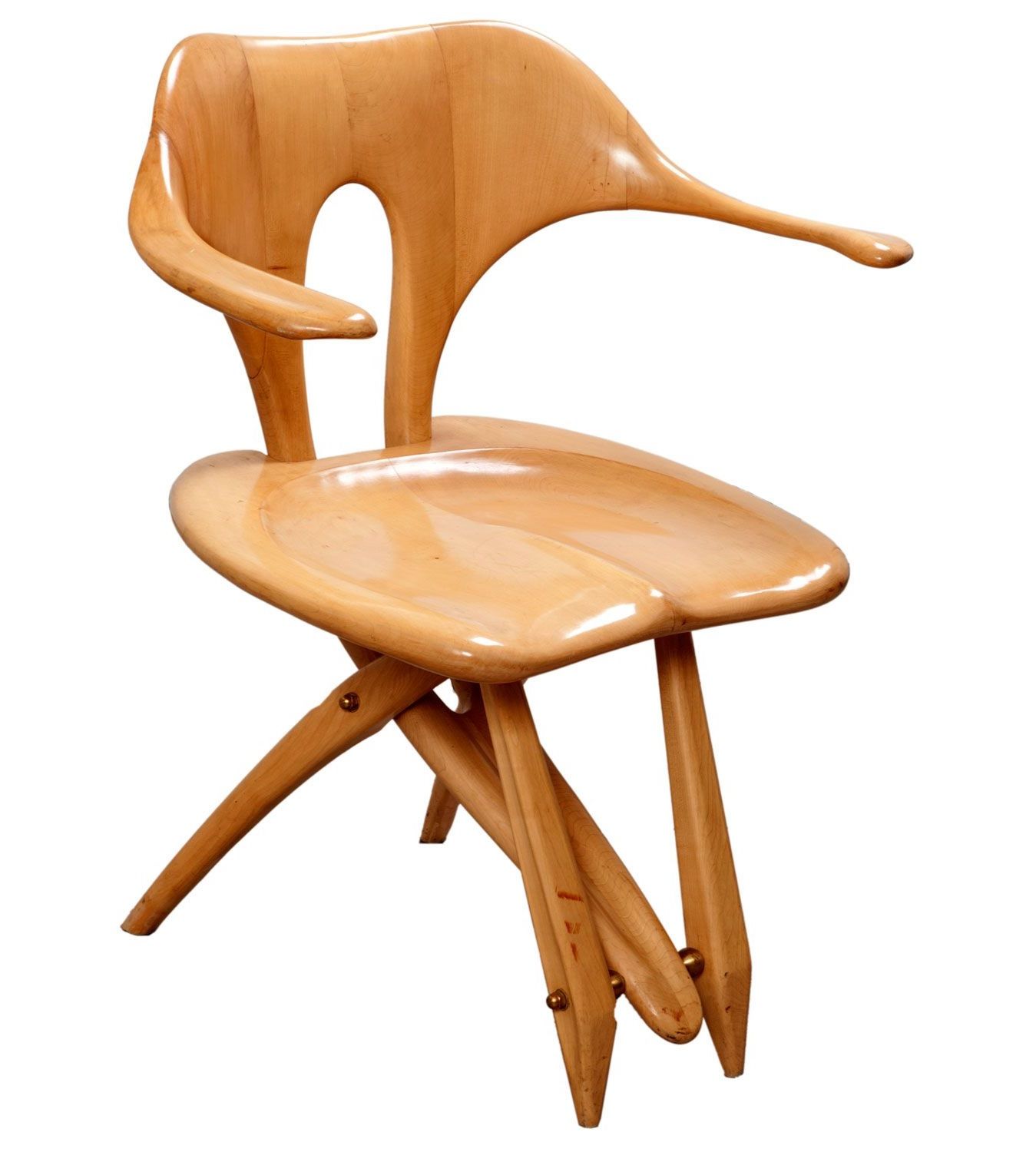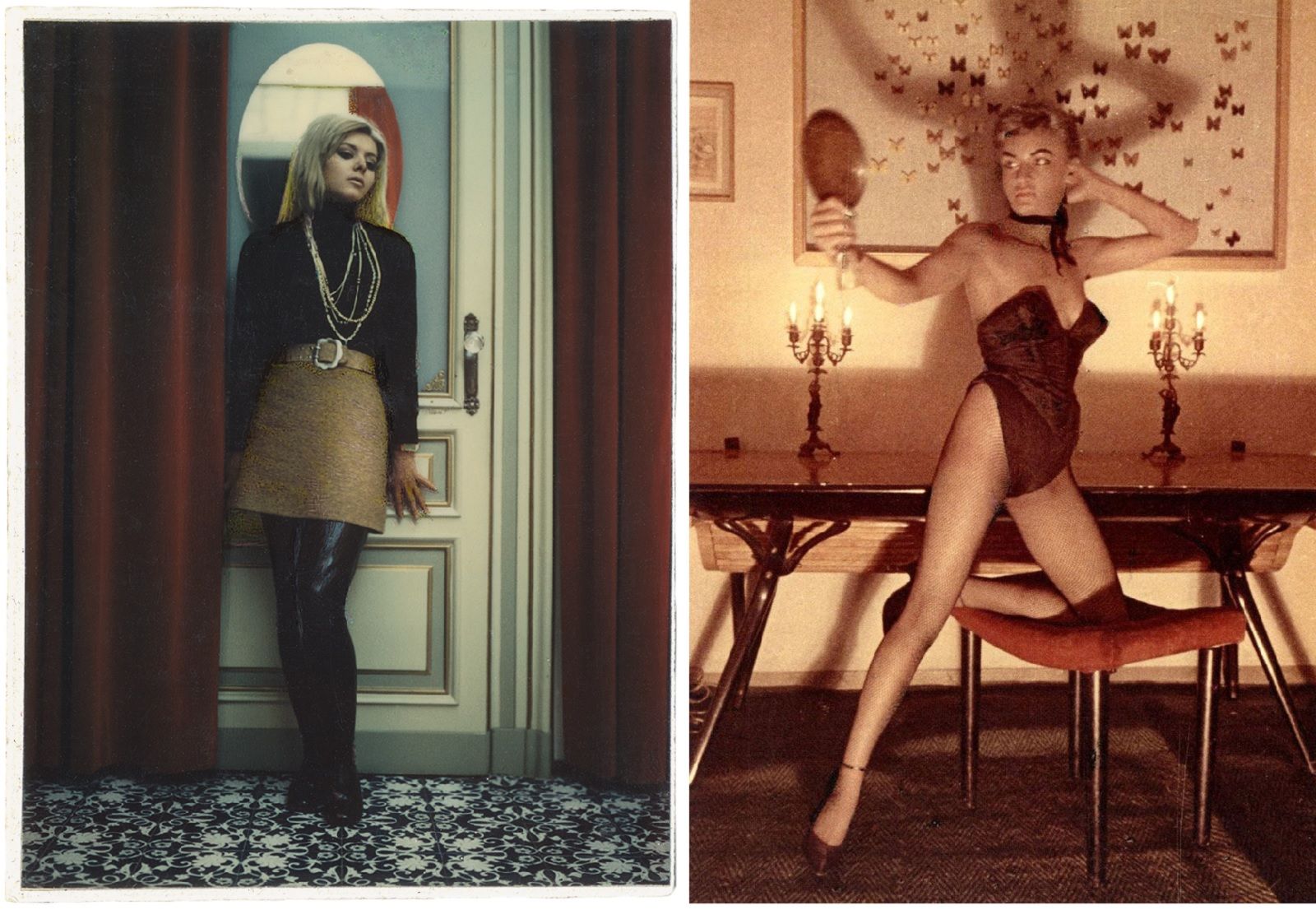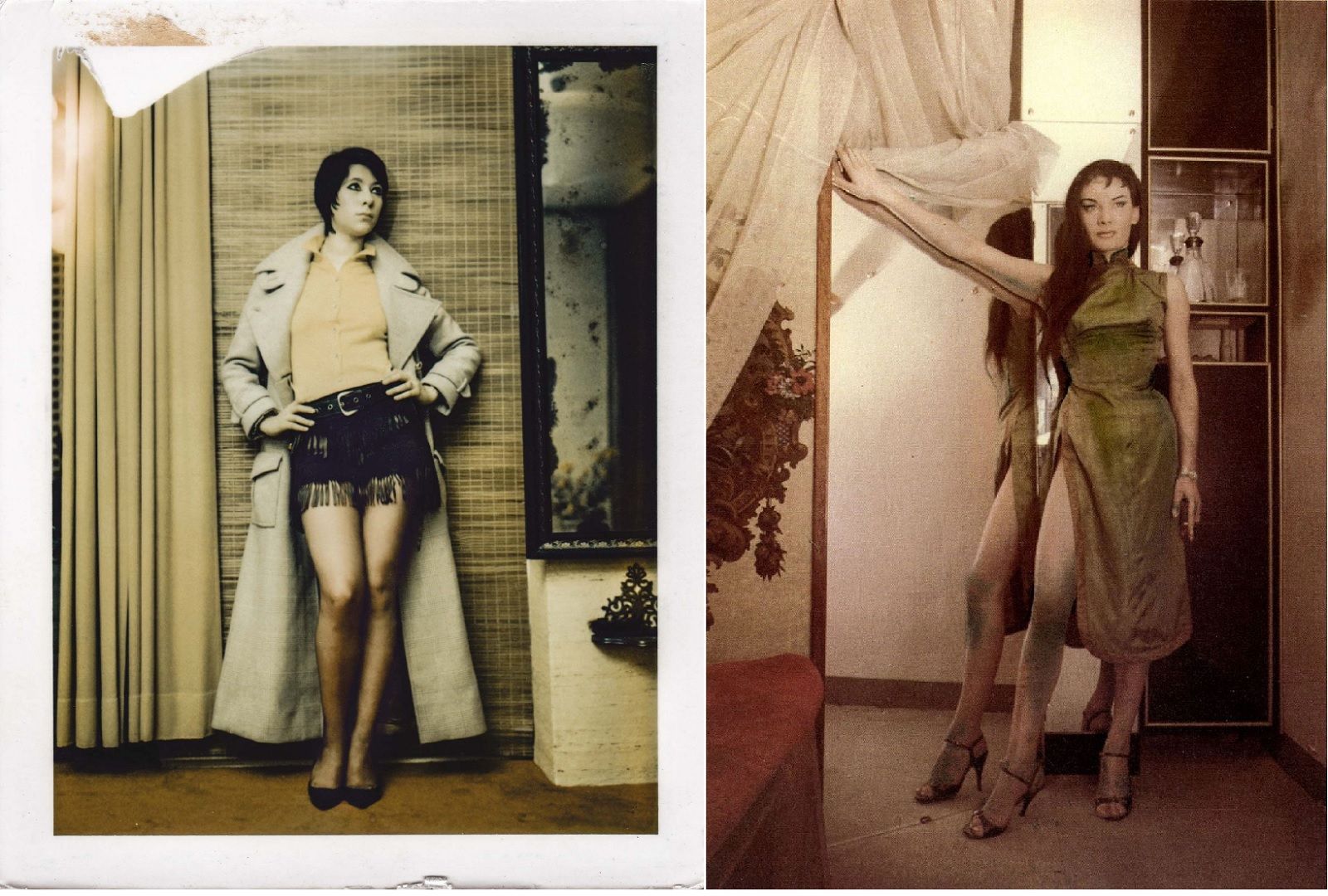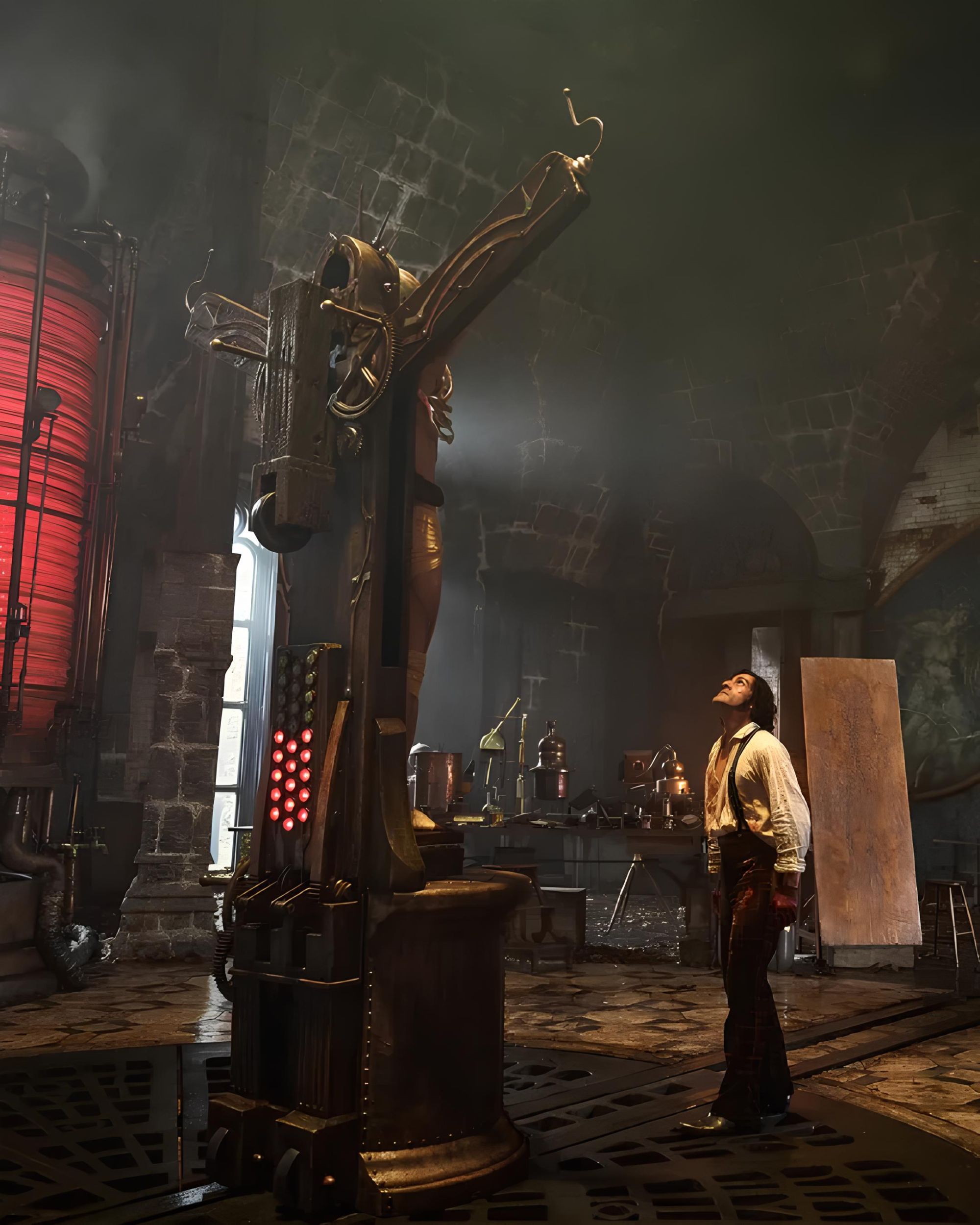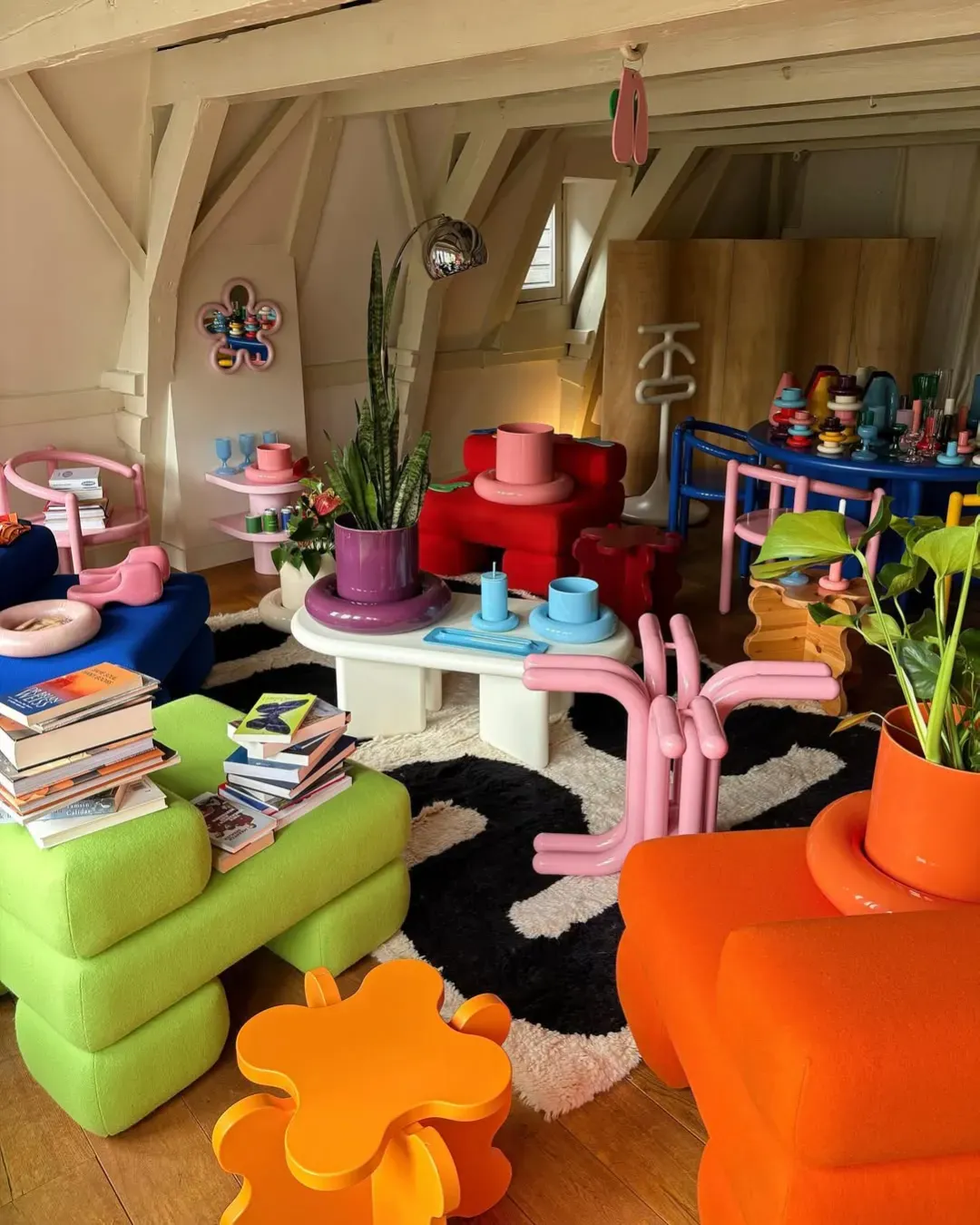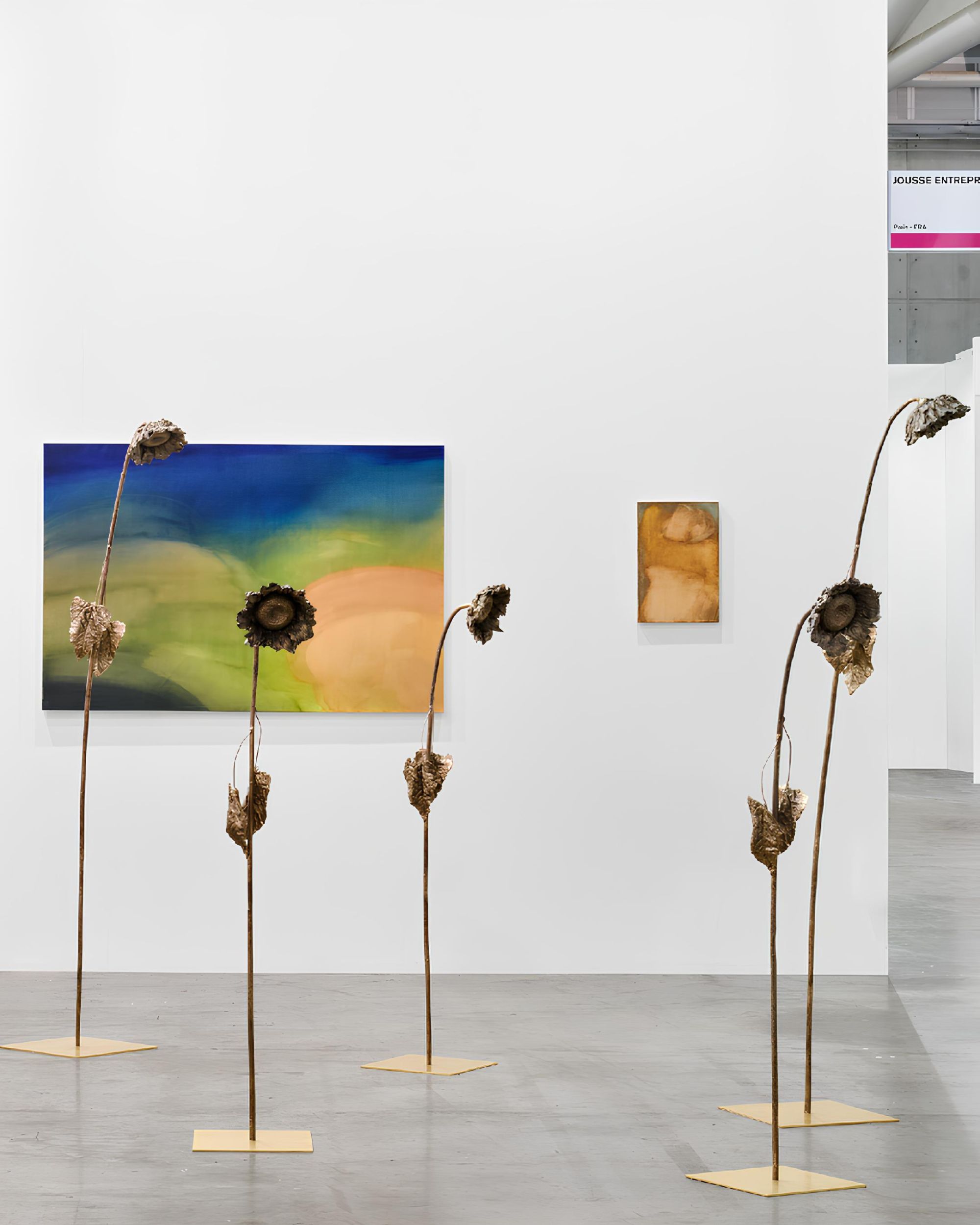
Casa Mollino: the extravagant secret home of the artist Carlo Mollino A house-museum to discover in the heart of Turin
There are people who are difficult to describe, with overflowing creativity, impossible to limit and to mess up. Carlo Mollino is one of them. Eclectic artist, he has been a photographer, graphic designer, engineer, set designer, great sportsman, airplane pilot, ski instructor and car inventor and, since the 40s, architect and furniture designer. Born in Turin in 1905, the only son of engineer Eugenio Mollino. His obsessions are mountains, speed, movement, body and female forms.
These elements characterize every aspect of his aesthetic, every project: from the Bisiluro Damolnar, a competition car with which he was selected for the 24 Hours of Le Mans, to the Casa del Sole in Cervinia; from the new Teatro Regio in Turin to the Arabesco table; from the Gaudì chair to the Agra chair for the Casa Cattaneo, designed for Apelli & Varesio in 1949; from the Cadma lamp to the Gilda armchair. These are beds, chaises longues, armchairs, lockers that look like real sculptures in motion, unique pieces on display in the world's most important museums such as the Victoria and Albert in London or the Brooklyn Museum in New York.
In recent years Mollino has returned to the center of the art scene for his huge collection of polaroids, bold shots depicting half-naked women in languid poses, among fabrics, eclectic accessories and furniture designed by him. A hidden treasure, stored in anonymous white envelopes, placed in an antique piece of furniture and re-emerged by chance. These women, dressed and painted by Carlo himself in the clothes he personally chose and had at home, are more than mere embodiments of eroticism and fetishism, they are a sort of ushabti, small statues that the pharaoh had prepared and placed in the crypt of the pyramid, to accompany him in the transition to the afterlife. Although most of the two thousand Polaroids were taken at Villa Zaira, in the hills, it is easy to recognize the corners of Casa Mollino in the background.
The eclectic artist lived all his life in the family home in Rivoli, but on the death of his father, he inherited a small apartment in the center of Turin, in a small villa of the late nineteenth century. Here, in this house in Via Napione 2, between Piazza Vittorio Veneto and the Po, he staged his private pyramid. It seems, in fact, that between 1960 and 1968 he spent time designing every detail, inspired by the tomb that the Egyptian architect Kha, in the service of the pharaoh Amenhotep III, had built in the fourteenth century BC for himself and his wife Merit. It is a secret refuge, unknown even to his closest friends like Carol Rama who lived on the same street, populated by artifacts of all kinds. The rooms are full of a mix'n match that resembles more a bric-à-brac shop than a house. So it's no coincidence that Mollino hasn't spent a single night here (it's said that he hasn't even opened the windows). In this labyrinthine wunderkammer coexist leopard walls, arabesque majolica, zebra carpets, mirrored and reflective surfaces, sculptures and chairs inspired by the female body, damask fabrics and curtains, fireplaces, wood-themed wallpaper, red satin armchairs, black sofas, a modern dining room yet with Tulip chairs and ancient chaise-longue. There are many occult symbolic references to the ancient Egyptians: from the nineteenth-century boat-shaped bed to the oval table that recalls a funerary monument, to the wall covered with colorful butterflies, a symbol of women and rebirth after death.
After Charles' death, on August 23, 1973. Casa Mollino went to an engineer from Turin, who made it his studio, selling all the furniture. Fortunately, in 1999, it was bought by Fulvio and Napoleone Ferrari (authors of the book Carlo Mollino. Polaroids. Illustrated edition) who, based on the inventory made at the time for the Italian State, have found all the various furnishings and has relocated them. Today the apartment has become a museum that can be visited by appointment.
Museum Casa Mollino
ADDRESS: Via Giovanni Francesco Napione 2
E-MAIL: cm@carlomollino.org
PHONE: 011 8129868
OPENING: Visits by appointment only.
COST: €30 per person for the guided tour (max 5 people at a time).










































